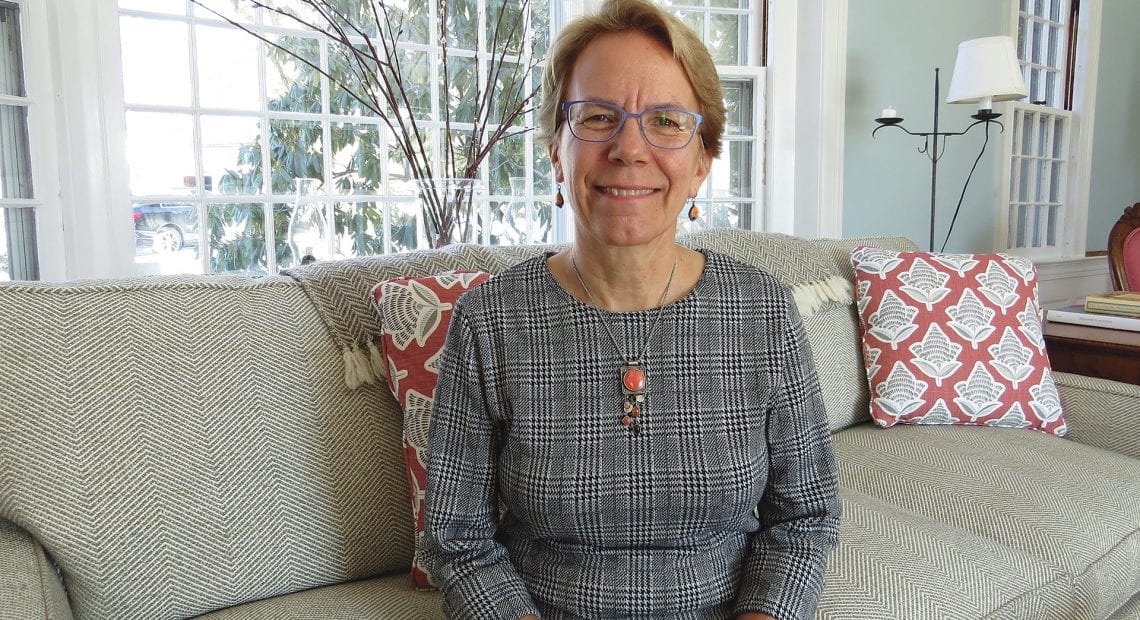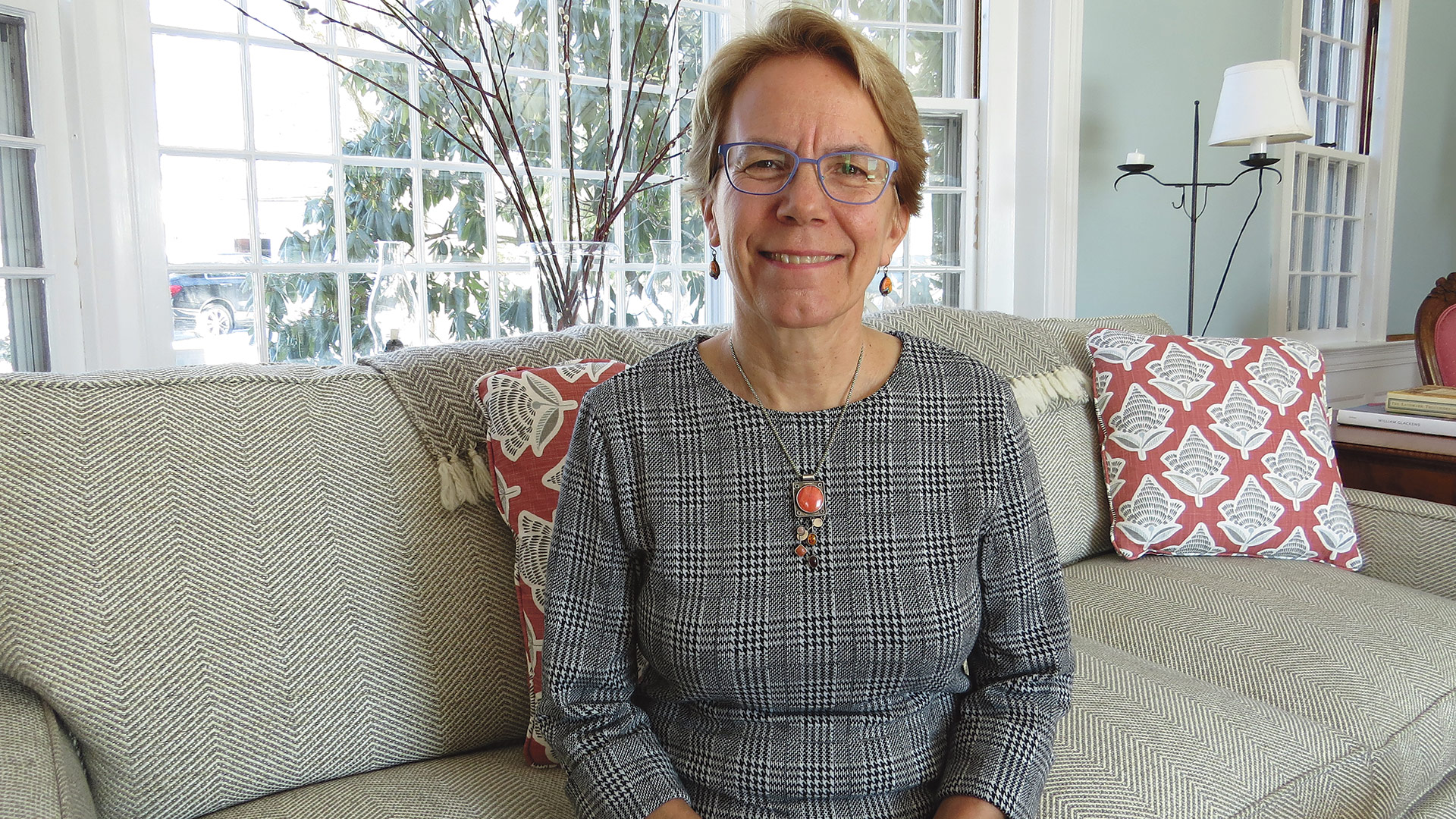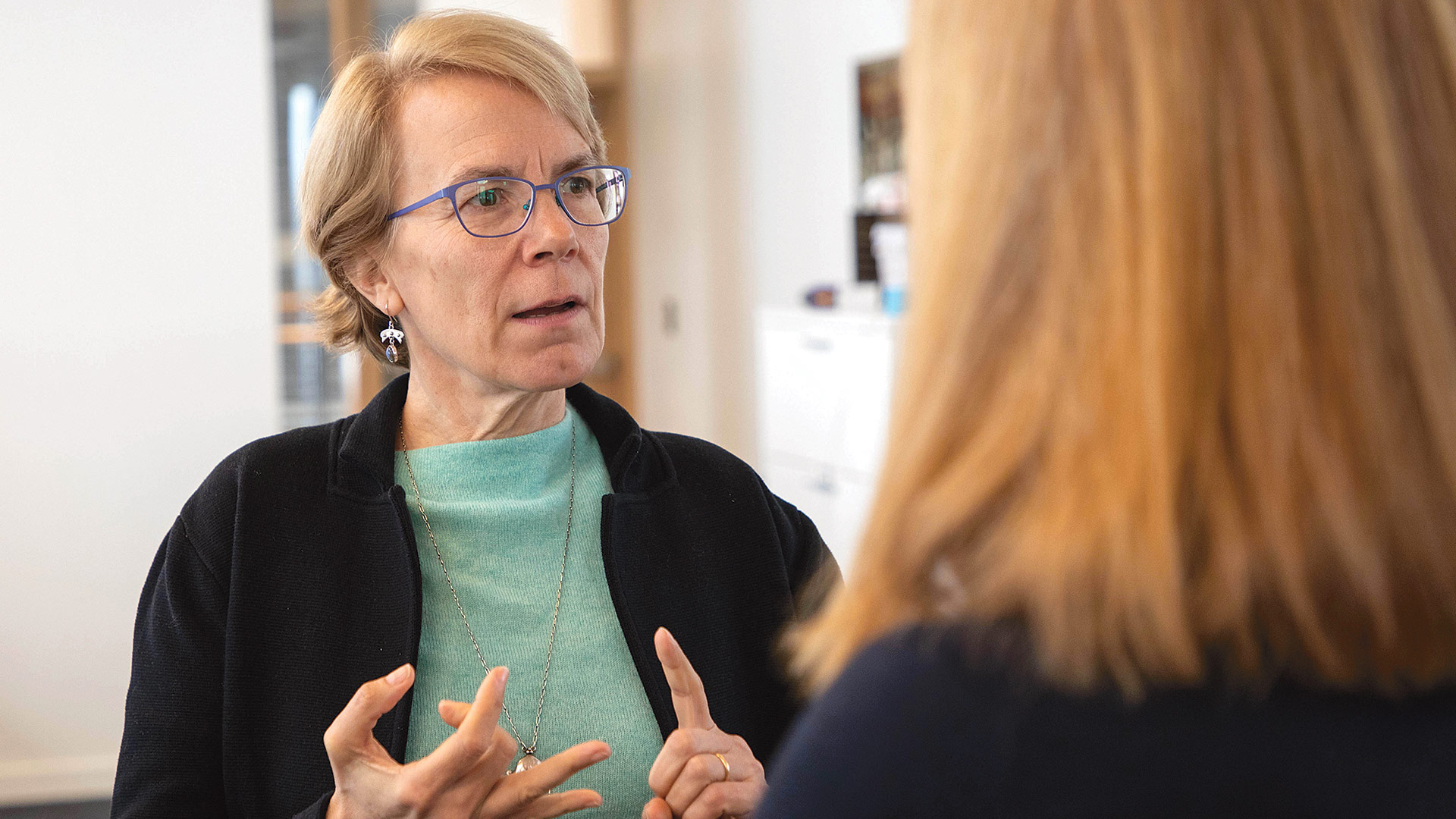Community Spotlight
 There’s a stunning new aerial photo of downtown Springfield gracing the wall outside Kevin Kennedy’s office in the municipal complex on Tapley Street.
There’s a stunning new aerial photo of downtown Springfield gracing the wall outside Kevin Kennedy’s office in the municipal complex on Tapley Street.
The panoramic image captures the view from above the Connecticut River looking east, with the new MGM Springfield casino prominent in the foreground. Kennedy, the city’s chief Development officer, is quite proud of the photo and all that it shows, but regrets that it was taken in the very early stages of the elaborate work to renovate Riverfront Park, and thus doesn’t include that important addition to the landscape.
He joked about Photoshopping something in to make the image more current, but then acknowledged that, at the rate things are changing, he would be doing a lot of Photoshopping — or swapping out that photo for a new one on a very regular basis.
Those sentiments speak volumes about the pace of development in the city over the past decade or so, and especially the past five or six years, as Springfield has rebounded dramatically from the fiscal malaise — and near-bankruptcy — that enveloped it only 10 years ago.
Indeed, Kennedy said he doesn’t have to ‘sell’ Springfield to potential developers anywhere near as much as he did when he assumed this office in 2011 after working for many years as U.S. Rep. Richard Neal’s aide. Nor does he have to tell the city’s story as much — people seem to know it by the time they’ve entered the room. And many are certainly entering the room.
“Development in an urban area like this isn’t really development — it’s redevelopment, and that, by its very nature, is usually very complicated.”
“We don’t have to explain ourselves — when people walk through the door, they know what’s happened over the past five or seven years,” he explained, adding that, overall, he doesn’t have to convince people that the city is a good investment — most are already convinced, which, again, is a marked change from attitudes that prevailed at the start of this century and even at the start of this decade.
As he talked with BusinessWest, Kennedy equated Springfield’s progress over the past several years to a large jigsaw puzzle, with many of its pieces falling into place. These include everything from the casino to a renovated Union Station; from a restaurant district now taking shape to restored and expanded parks, such as Steans Square, Riverfront Park, Pynchon Plaza, and Duryea Way.
And still more pieces are coming into place — everything from a CVS on Main Street to a Cumberland Farms at the site of the old RMV facility on Liberty Street; from market-rate housing at the old Willys-Overland property on Chestnut Street to a new home for Way Finders at the site of the former Peter Pan bus station in the North End; from new schools to improved traffic patterns.

Kevin Kennedy stands next to the new panoramic photo of Springfield outside his office, the one he’d like to Photoshop to keep up with recent changes to the landscape.
But there are a number of pieces still missing, Kennedy acknowledged, adding that they’re missing for a reason — these are the hardest ones to fall into place because of their complexity.
Among the items on this list are a replacement for the decrepit Civic Center Parking Garage, which is literally crumbling as you read this; 31 Elm St., an all-important component to the downtown’s recovery because of its location and historical importance; the Paramount Theater project, equally important for all the same reasons; CityStage, now dormant for close to a year; and redevelopment of what has become known as the ‘blast zone,’ the area directly impacted by the natural-gas explosion in late 2012.
To explain their complexity, Kennedy started by making a simple yet poignant observation about development in a city like Springfield.
“Development in an urban area like this isn’t really development — it’s redevelopment, and that, by its very nature, is usually very complicated,” he explained, adding quickly that there are signs of progress with each of those initiatives, and some may be moved over the goal line in the months to come.
Mayor Domenic Sarno agreed, noting that, among those missing pieces, the top priority at this point is probably a new parking garage, primarily because it is essential to realizing many of the other items on the to-do list, such as a deeper restaurant district, more new businesses, and, overall, greater vibrancy downtown.
“The garage is a mainstay for our business community, and the MassMutual Center is a state facility — the garage is an integral part for the programming that goes on there, whether it’s MGM, the Thunderbirds, or college commencements,” said Sarno, adding that he’s already had discussions with both state and federal leaders about potential funding sources for such a facility. “We’re looking to move on this ASAP.”
For this, the latest installment its Community Spotlight series, BusinessWest looks at the jigsaw puzzle that is Springfield — meaning the pieces that have fallen into place and those that are still missing.
Rising Tide
‘The New Wave.’
That’s the name those in the Planning office and the Springfield Regional Chamber gave to what has become an annual presentation detailing planned and proposed projects in the City of Homes.
And ‘wave’ fits, said Kennedy, because new developments have been coming in waves, one after another, and there is a new one making its way to shore.
“One thing that people know is that my team will do business with them. I might not be able to give you 10 out 10 things you might be looking for, but maybe I can give you six or seven or eight. They also know that we know how to connect the dots.”
It follows previous waves that brought MGM Springfield, CRRC, a revitalized Union Station, and a repaired I-91 viaduct, projects that were of the nine-figure variety (MGM was almost 10) or very close — the final price tags for CRRC and Union Station were just under $100 million.
The newest wave has just one initiative of that size, and it’s a municipal project — a new pumping station to be built on part of the land once occupied by the York Street Jail. But while many of the projects are smaller, eight- and seven-figure endeavors, they are equally important, said Kennedy, adding that they represent a mix of expansion efforts by existing companies, or ‘legacy businesses,’ as he called them, and relative newcomers.
Together, the projects touch many different sectors of the economy, include both new construction and renovation of existing structures, and total several hundred million dollars in new development. The lengthy list includes:
• MassMutual expansion. The financial-services giant is relocating 1,500 workers to Springfield, increasing the workforce in the city to 4,500. A $50 million project to renovate and expand facilities in Springfield is slated to be completed by 2021;
• Big Y, with a 232,000-square-foot expansion of the current distribution center in Springfield, bringing the total to 425,000 square feet. The $46 million project is due to be completed later this year;
• Way Finders, which is constructing a new, $16.8 million headquarters building at the location of the Peter Pan bus terminal. The 23,338-square-foot structure, to house roughly 160 employees, is slated to open in the spring of 2020;
• Willys-Overland development, a planned 60-unit, market-rate housing project in the one-time auto showroom. Construction is slated to start soon on the $13.8 million project;
• Innovation Center. Grand-opening ceremonies for the $7 million facility on Bridge Street were staged in February. Work continues on the façade, and a new restaurant is planned for the ground floor;
• CVS. Work is set to commence shortly on a new CVS to be constructed at the corner of Main and Union streets. The $2 million facility, to feature what developers are calling an ‘urban design,’ is slated to open this fall;
• Redevelopment of the former RMV site. The location on Liberty Street will be converted into a Cumberland Farms. The $3 million project will benefit a neighborhood that city officials say is underserved when it comes to convenience and gas;
• The Springfield Performing Arts Academy, specifically a $14 million project to relocate the academy in the former Masonic Temple on State Street;
• Tower Square. The office/retail center is the site of several new developments, including renovations to the hotel (which will be rebranded back to Marriott), a new White Lion brewery, and relocation of the YMCA of Greater Springfield into several locations within Tower Square; and
• Educare. A $14 million, 27,000-square-foot, state-of-the-art early-education facility is currently under construction in the Old Hill neighborhood. The project, a joint partnership between Holyoke Chicopee Springfield Head Start, the Irene E. and George A. Davis Foundation, and Springfield College, will serve 141 children and is slated to open this fall.

An architect’s rendering of a proposed new parking garage on what’s known as parcel 3, the parking lot behind the TD Bank tower. City officials say a new garage is a must for Springfield.
That’s quite a list, said Kennedy, adding that it’s come about largely because of renewed confidence in the city and its future, an attitude far removed from the one that existed even a decade ago, when there were far fewer businesses willing to bet on the City of Homes.
Getting Down to Business
Indeed, today, as evidenced by all the projects in progress or on the drawing board, there is renewed interest in Springfield across many sectors of the economy — from tourism and hospitality to startups looking for a place to launch, to those looking to be part of the burgeoning cannabis industry in the Bay State.
The city has a message for all these constituencies — that it’s open for business and willing to work with those who would make Springfield their home.
“One thing that people know is that my team will do business with them,” said the mayor. “I might not be able to give you 10 out 10 things you might be looking for, but maybe I can give you six or seven or eight.
“They also know that we know how to connect the dots,” he went on. “We know how to work with all the players — federal, state, and on the local level, all the way down. And they know that we’re willing to put skin in the game, too, and that’s been very advantageous.”
Kennedy agreed, and said that, overall, the city has become what he called a “reliable, predictable partner,” something every business is looking for as it considers locating or relocating in a specific community.
“They don’t need showhorses, they don’t need a lot of glitz,” he told BusinessWest. “They simply want to do their business and know they have a good partner, and I think that’s what we’ve done from the start, and when we sit down to negotiate with people, I think they understand that, and they feel comfortable.”
Kennedy traces this growing sense of comfort to the lengthy and involved process of bringing a casino to the area.
“I think the thing that showed people we were serious was the whole casino process — not necessarily MGM, but the whole process,” he explained. “How we did it, and how upfront with everyone we were. People talk about being transparent, and that’s a jargony-type of a word, but we see it that way … and I think that, by virtue of having a billion-dollar investment come your way, a lot of other companies externally took a look at it, and internally said, ‘look what’s happened.’”
That was a reference to those legacy companies he mentioned, including MassMutual, Big Y, Balise Motor Sales, which is planning another major project in the city’s South End, and many others.
This ability to connect the dots, and be a reliable partner, is creating some progress with some of those aforementioned missing pieces to the puzzle, and will hopefully generate momentum with other initiatives in that category, said Kennedy, who started by referencing two important projects downtown — Elm Street and the Paramount project.
The former, the six-story block at 13-31 Elm St., has been mostly vacant for the past three decades. Plans to convert it into market-rate housing received a significant boost earlier this year when MGM Springfield announced it would was willing to invest in the project as part of its commitment to the city and state to provide at least 54 units of market-rate housing in the area near the casino.
“We’re hoping that we have a development deal struck in a matter of weeks,” said Kennedy. “We’re waiting for the last one or two pieces to fall into place. It’s a tough project, but it’s a necessary project.”
Meanwhile, the $41 million Paramount project — renovation of the historic theater and the adjoining Massasoit Hotel — is moving forward, with preservation work on the roof and façade slated to begin later this year.

Mayor Domenic Sarno has a healthy collection of ceremonial shovels in his office, one visible sign of the progress the city has made over the past several years.
Another large missing piece is activity in the so-called blast zone, he said, referring to the area from Lyman to Pearl streets and from Dwight to Spring streets. He said the Willys-Overland development, in the heart of this zone, may be a catalyst to more development there.
“Once that project gets going, I’m hoping it will give some push to further development in the blast area, which is probably the next horizon for Springfield,” he noted. “Some property owners have done things — there’s been some clearing and demolition — but others are just waiting and being patient. That’s why this [Willys-Overland] development is important; you have to get that first one in the ground and hope things happen from there.”
Still another missing piece is aggressive marketing of the city and its many assets, said Sarno, adding that may not be missing much longer. Indeed, the city, working in conjunction with the Western Mass. Economic Development Council and a number of area media outlets, is getting closer to launching a marketing campaign for Springfield and the region.
It will focus on a number of audiences, he said, including residents of this region, many of whom need to know about the many good things happening locally, and businesses owners far outside it, who also need to know.
“We have a lot to offer in Springfield — and in Franklin County, Berkshire County, and across Hampden County, and we have to do a better job of telling our story,” the mayor said “When you’re making a sauce, you put in the ingredients; we have all the ingredients here — we just need make a push and send out a clarion call. We need a push locally — sometimes we’re our own worst enemy — but then we need to make a regional push.”
But perhaps the biggest missing piece isn’t actually missing — though it will be soon — and that’s a working parking garage downtown.
Spot of Trouble
Which brings us to a downtown property known as ‘parcel 3.’
That was the name affixed to a number of assembled parcels of land that eventually became the surface parking lot behind the TD Bank office tower on Main Street, an initiative that was part of the Court Square Urban Renewal Plan, drafted nearly 40 years ago and amended several times since.
And that name has stuck — well, at least with city development leaders. To the rest of the world, it’s ‘the parking lot behind the TD Bank building.’ But ‘parcel 3’ is becoming part of the lexicon again as discussions concerning the Civic Center Parking Garage and the glaring need to replace it heat up — out of necessity.

Parcel 3 — better known as the parking lot behind the TD Bank building — could give rise to a modern parking garage — and open up a development opportunity on the site of the current, deficient garage across the street.
“The garage is on borrowed time,” said Chris Moskal, executive director of the Springfield Redevelopment Authority (SRA), quickly adding that this sentiment certainly represents an understatement. The garage probably has only a few years of useful life left, he went on, noting that there are areas on several floors that are currently unusable for parking, thus heightening the need for action.
The SRA, which owns parcel 3, currently leases it to an entity called New Marlboro Corp., which owns the TD Bank facility, a.k.a. 1441 Main St.
That lease, originally 30 years in duration when signed in the early ’80s, was extended several years ago to 2028. And this lease and the fine print within it will obviously become the focal point of discussion in the coming months, said Moskal, as the city tries to move forward with plans to replace the Civic Center Parking Garage with a 1,400-spot facility on the most obvious site for such a facility — parcel 3.
Kennedy agreed, and noted that this is a complex project, in terms of both financing — the projected pricetag is $45 million, and several funding sources would likely be involved, from the Springfield Parking Authority (SPA), which owns the current, failing garage, to the state and the federal government — and the number of players involved, from the SRA to the SPA to TD Bank.
“But just because it’s complicated, we can’t walk away from it,” he said. “A new garage is necessary for downtown; that parking facility at the Civic Center is the main commercial-district parking facility.”
And a new parking garage downtown not only secures a replacement for a long-deficient facility, said Kennedy, but it creates a new and intriguing development opportunity in the central business district — the current garage site.
“You have not only MGM here, but a rehabbed Pynchon Plaza, a burgeoning museum district, especially with the new Dr. Seuss Museum, and other things happening downtown,” he said. “I think we could have a nice mixed-use residential complex there with some indoor parking.”
The mayor agreed. “That’s a very valuable piece of property,” he told BusinessWest, adding that, while it while it might become a surface parking lot for the short term, there are a number of more intriguing possibilities for the long term.
While the city continues to reshape and revitalize the downtown, progress is taking place outside it in the many neighborhoods that define the community, said both Sarno and Kennedy.
Springfield at a glance
Year Incorporated: 1852
Population: 154,758
Area: 33.1 square miles
County: Hampden
Residential tax rate: $19.68
Commercial tax rate: $39.30
Median Household Income: $35,236
Median Family Income: $51,110
Type of government: Mayor, City Council
Largest Employers: Baystate Health, MassMutual Financial Group, Big Y Foods, MGM Springfield, Mercy Medical Center, CHD, Smith & Wesson Inc.
* Latest information available
They noted a number of projects, including the planned new Brightwood/Lincoln School, a $70.2 million facility that would replace both the Brightwood and Lincoln elementary schools, and be located adjacent to the existing Chestnut Middle School on Plainfield Street; the new branch of the Springfield Library in East Forest Park, due to be completed this fall; expansion of the residential complex in the former Indian Motocycle manufacturing complex in Mason Square (60 new affordable units are planned); a new Pride store at the corner of State Street and Wilbraham Road; several park projects; a redesign of the troublesome ‘X’ traffic pattern; reconfiguration of the Six Corners intersection; and renewed efforts to reinvent the Eastfield Mall into a community with a mix of housing, retail, and other components.
“We’re making a lot of progress in our neighborhoods,” the mayor said. “People are focused on downtown, but our neighborhoods are important, and we’re making great strides there, too.”
The Big Picture
Getting back to that picture on the wall outside his office, Kennedy acknowledged that, as beautiful as it is, it doesn’t tell the full story of all that’s happened in Springfield over the past several years.
And it will only become less accurate, if that’s the proper word, in the months and years to come.
But that, as they say, is a good problem to have. A very good problem.
For years, Springfield was the picture of stagnancy. Now, it’s the picture of motion and continued progress.
There are still some missing pieces, to be sure, but the puzzle is coming together nicely.
George O’Brien can be reached at [email protected]

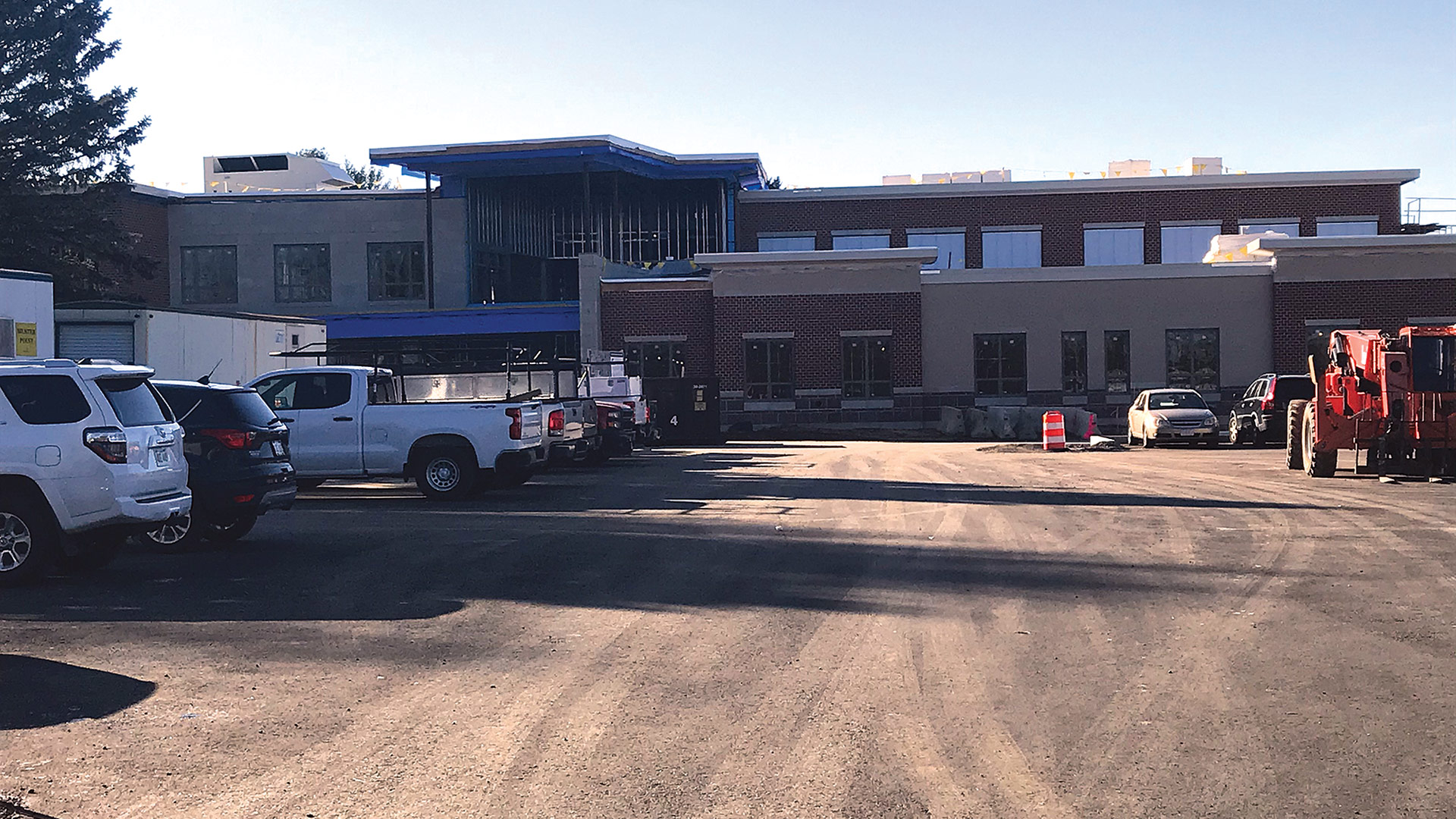







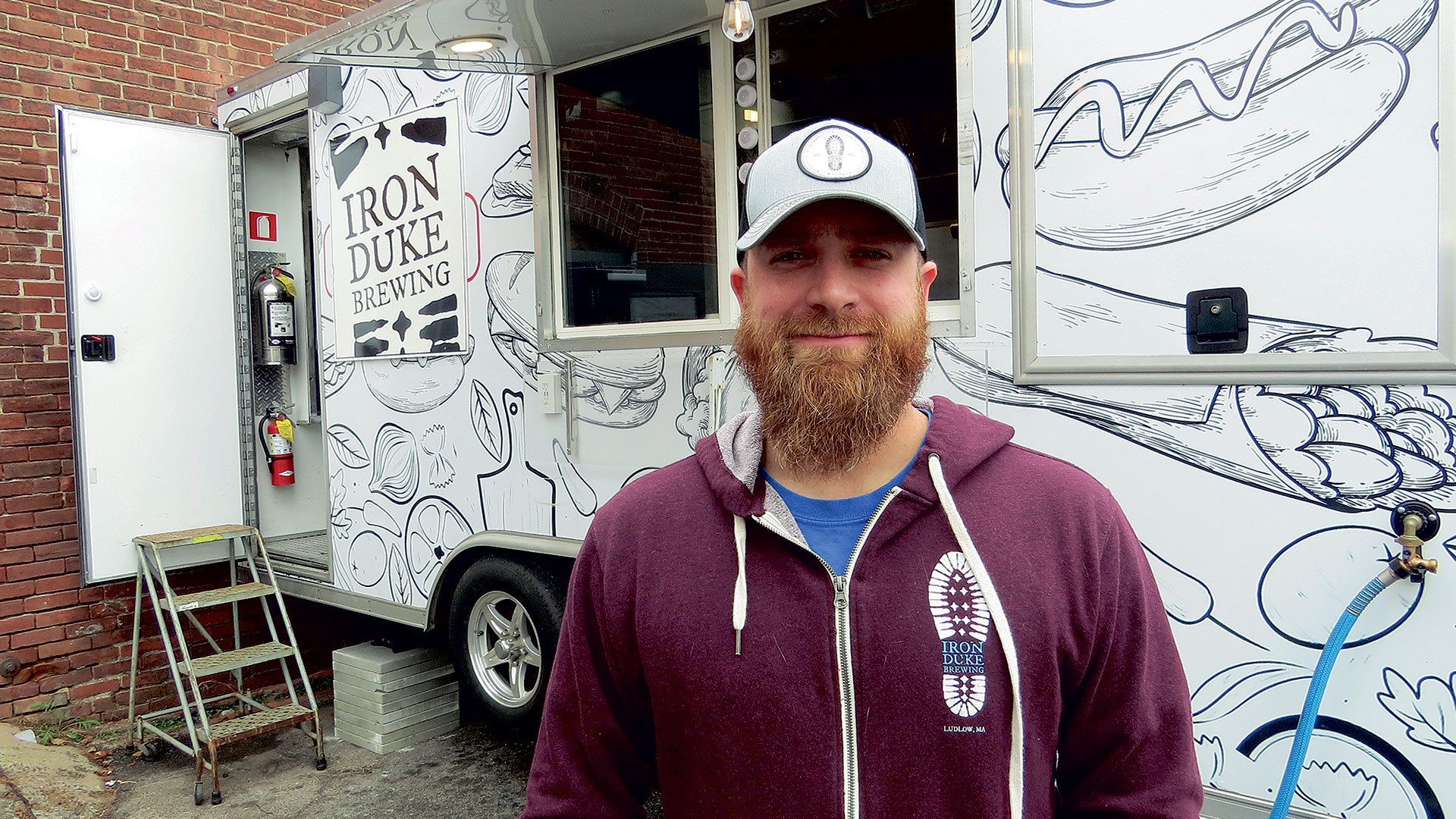

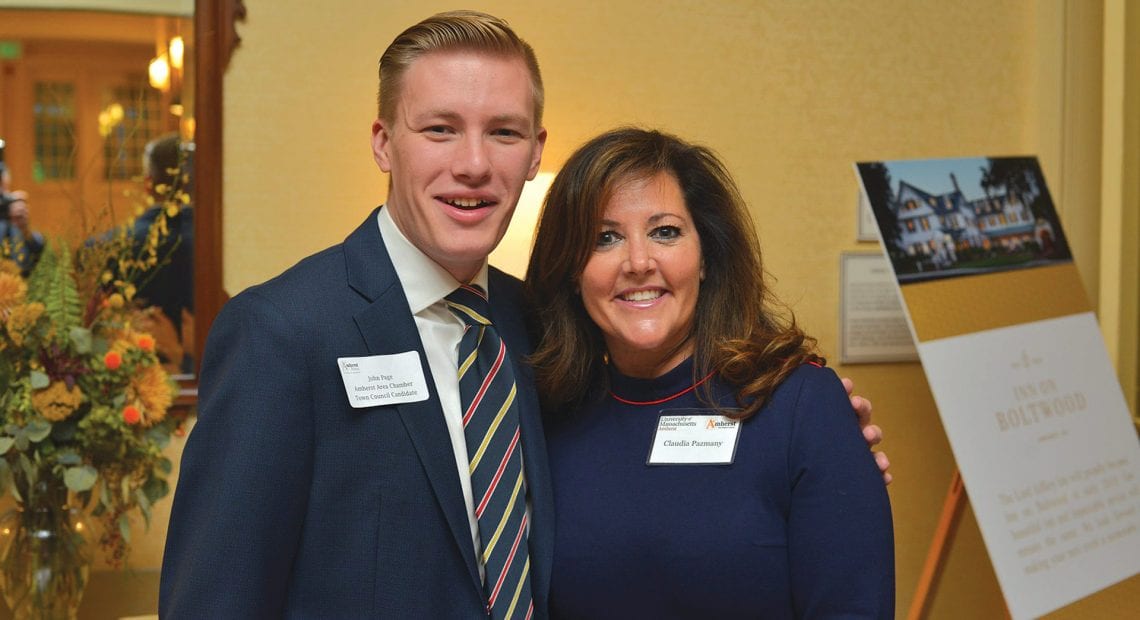



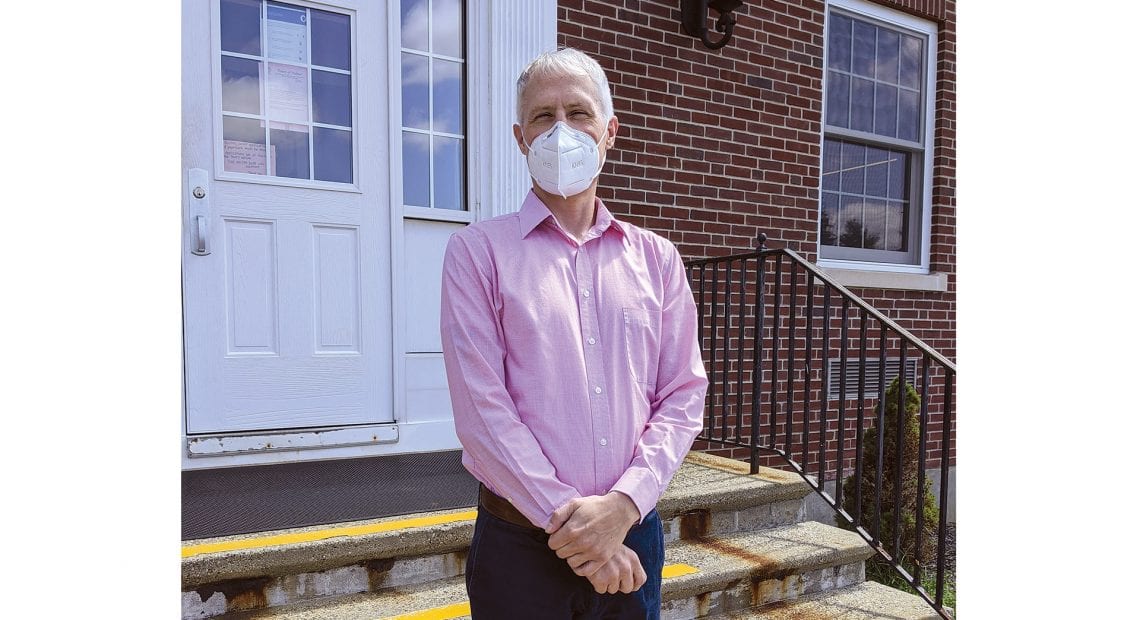



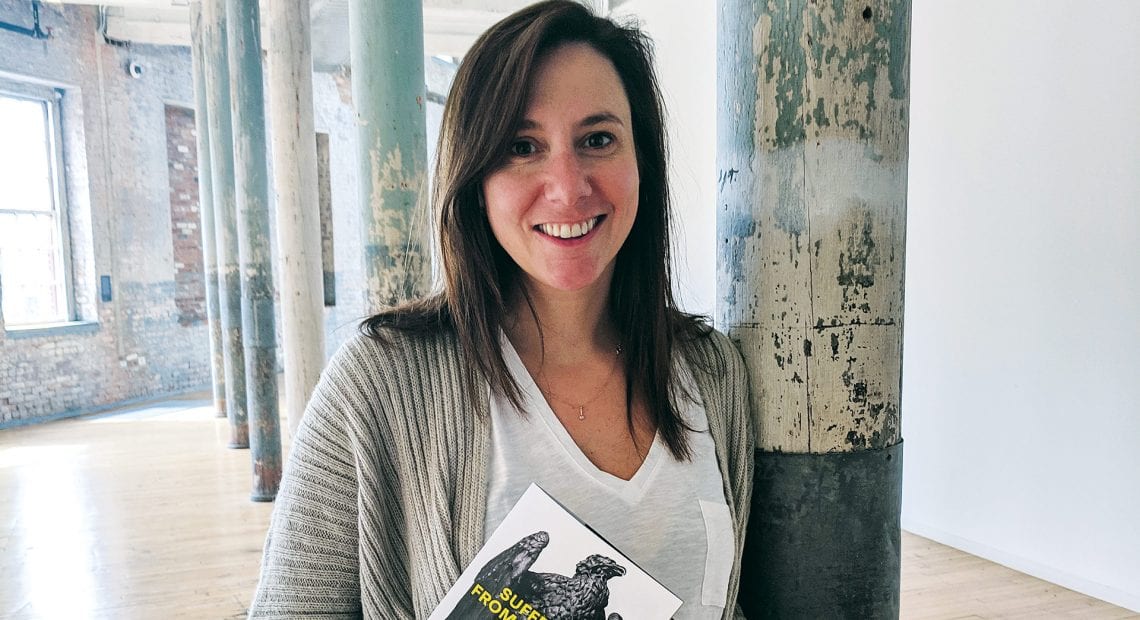
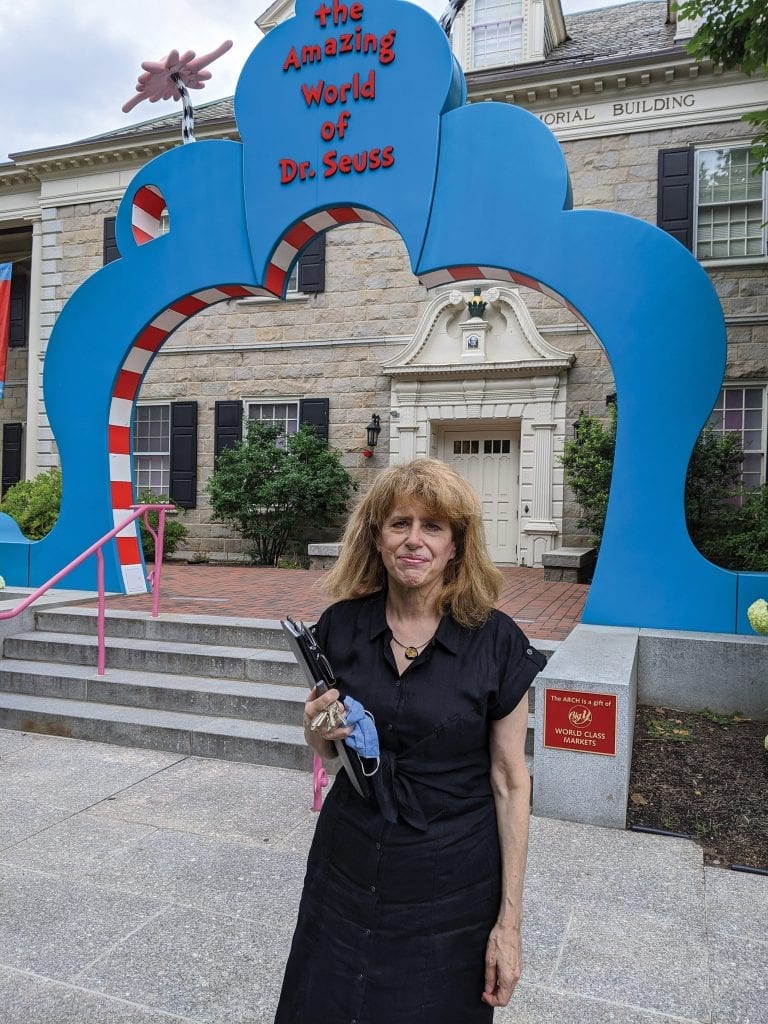


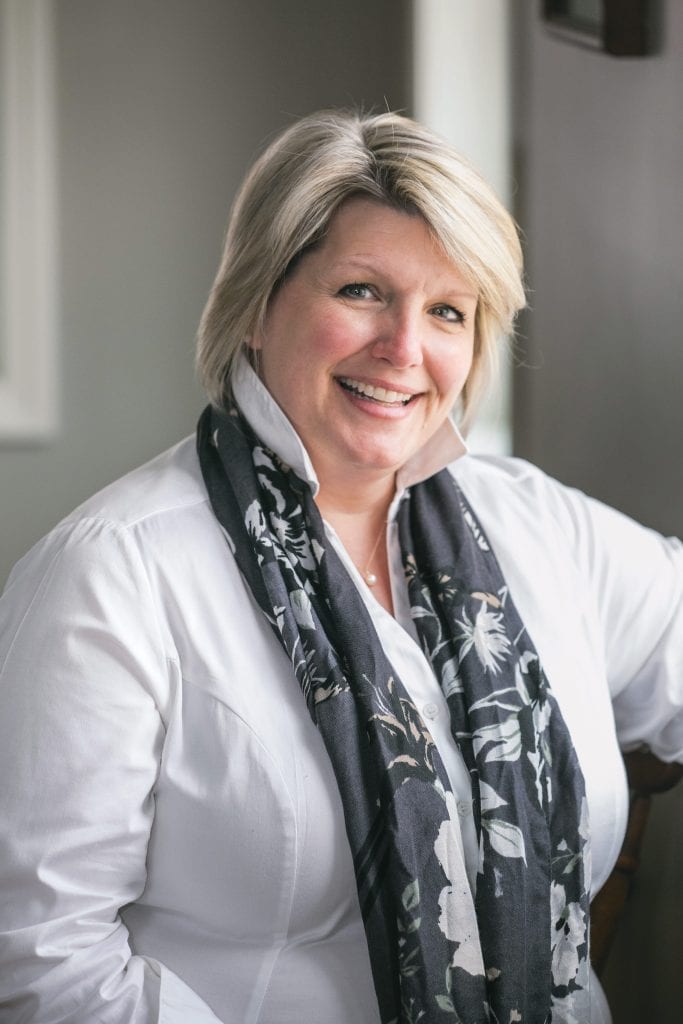

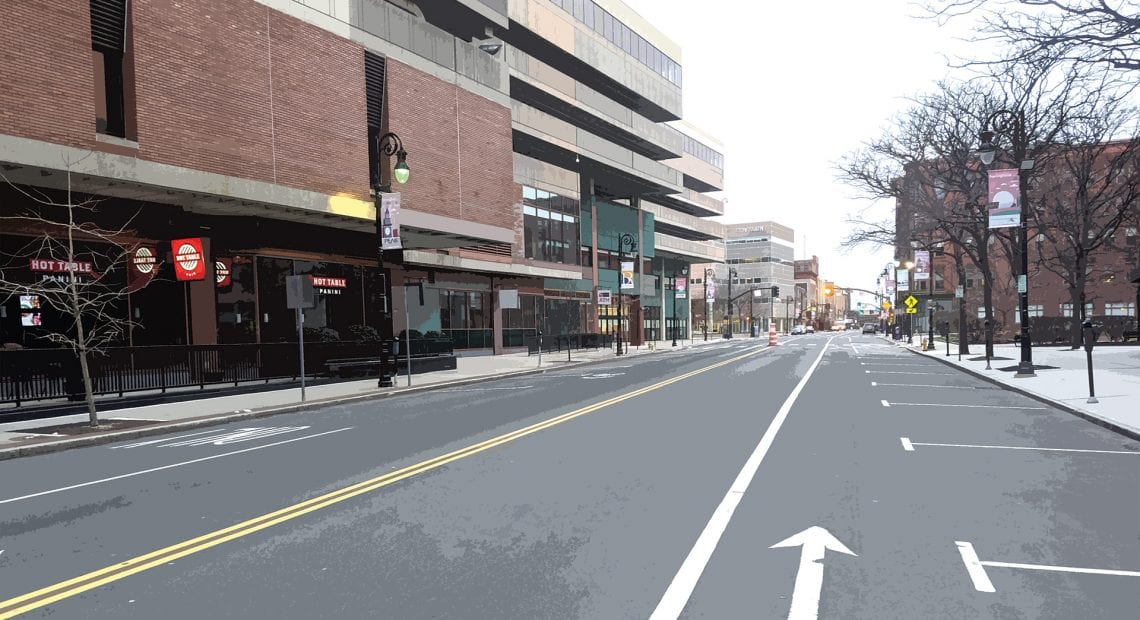




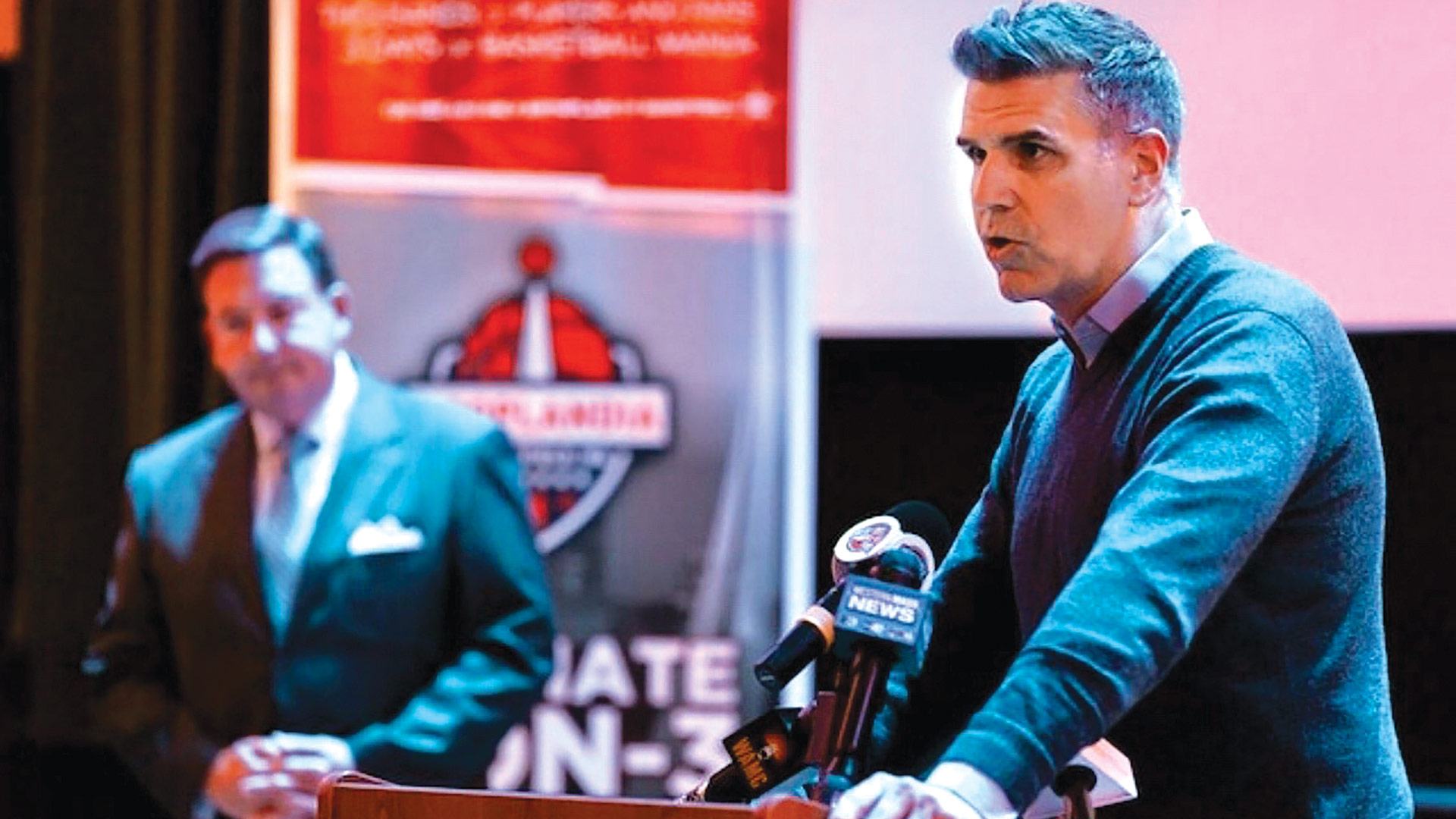

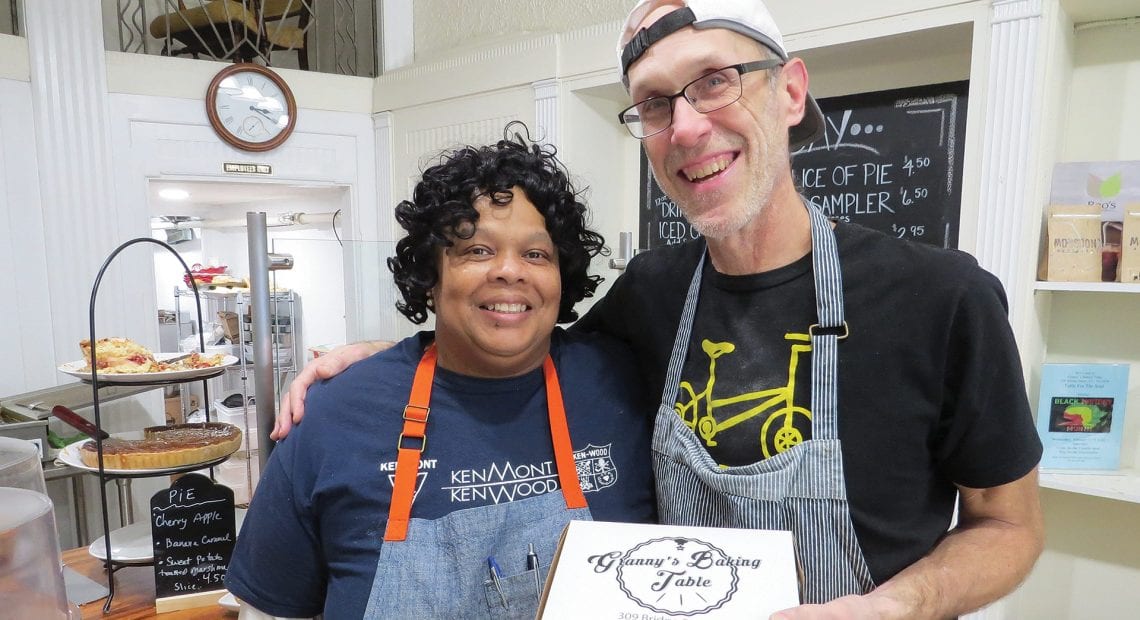

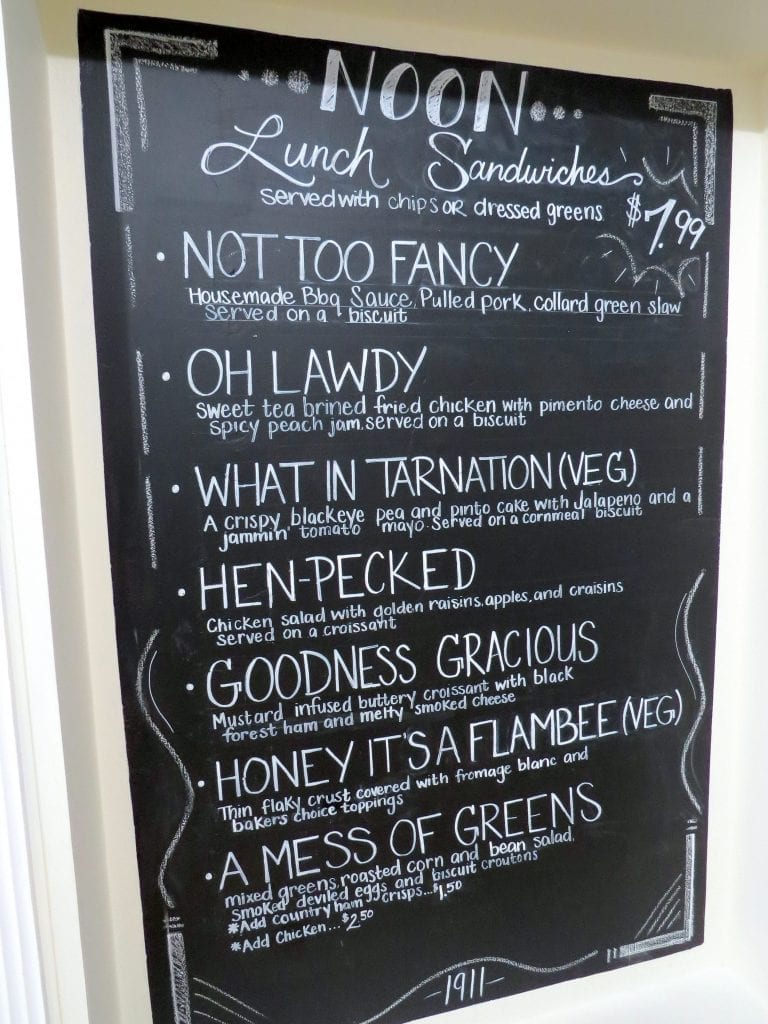





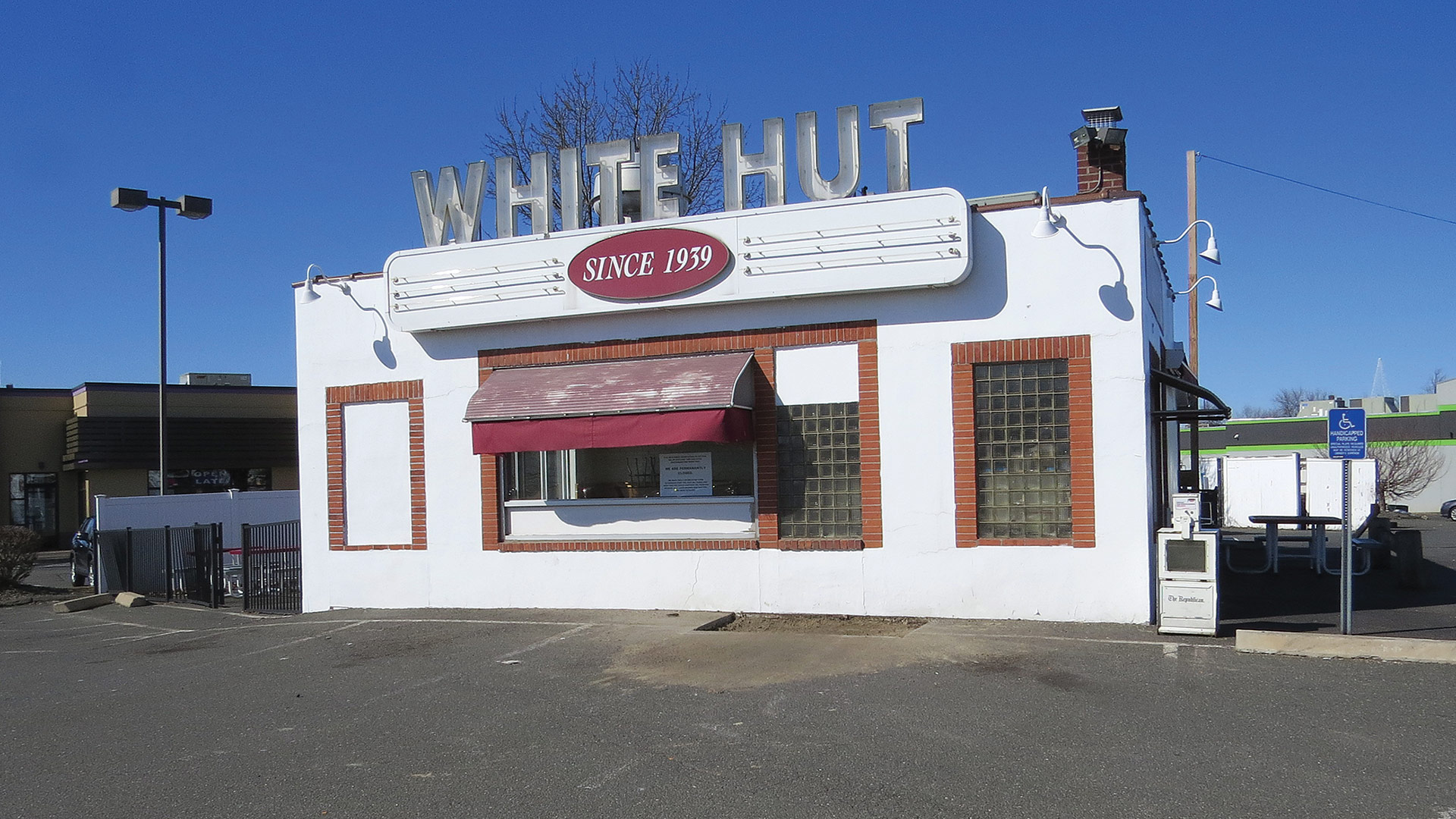



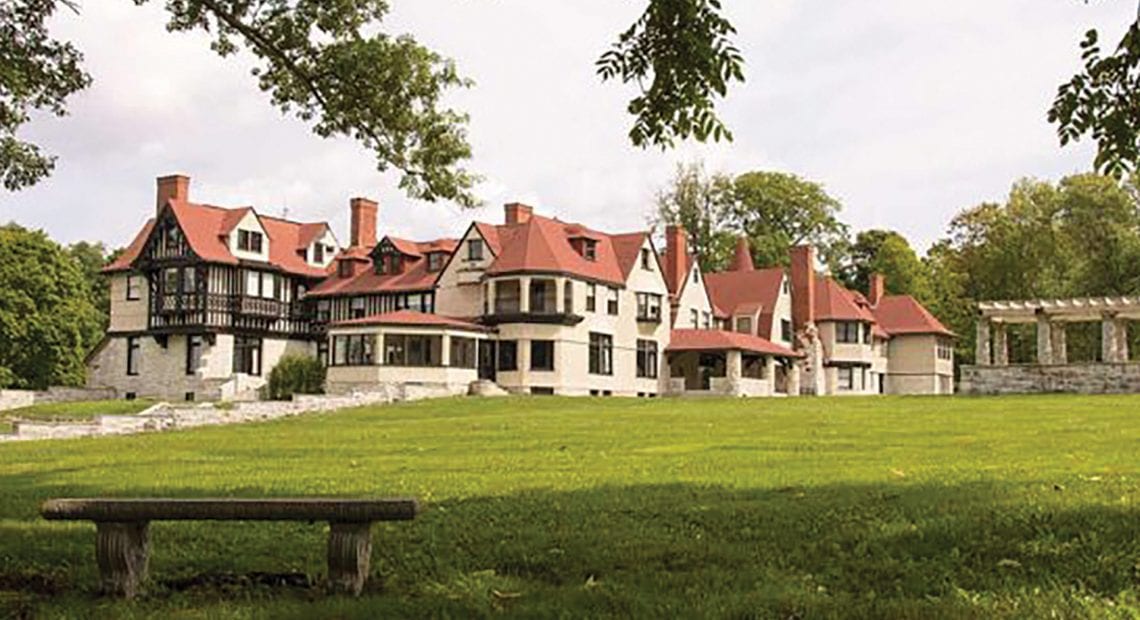
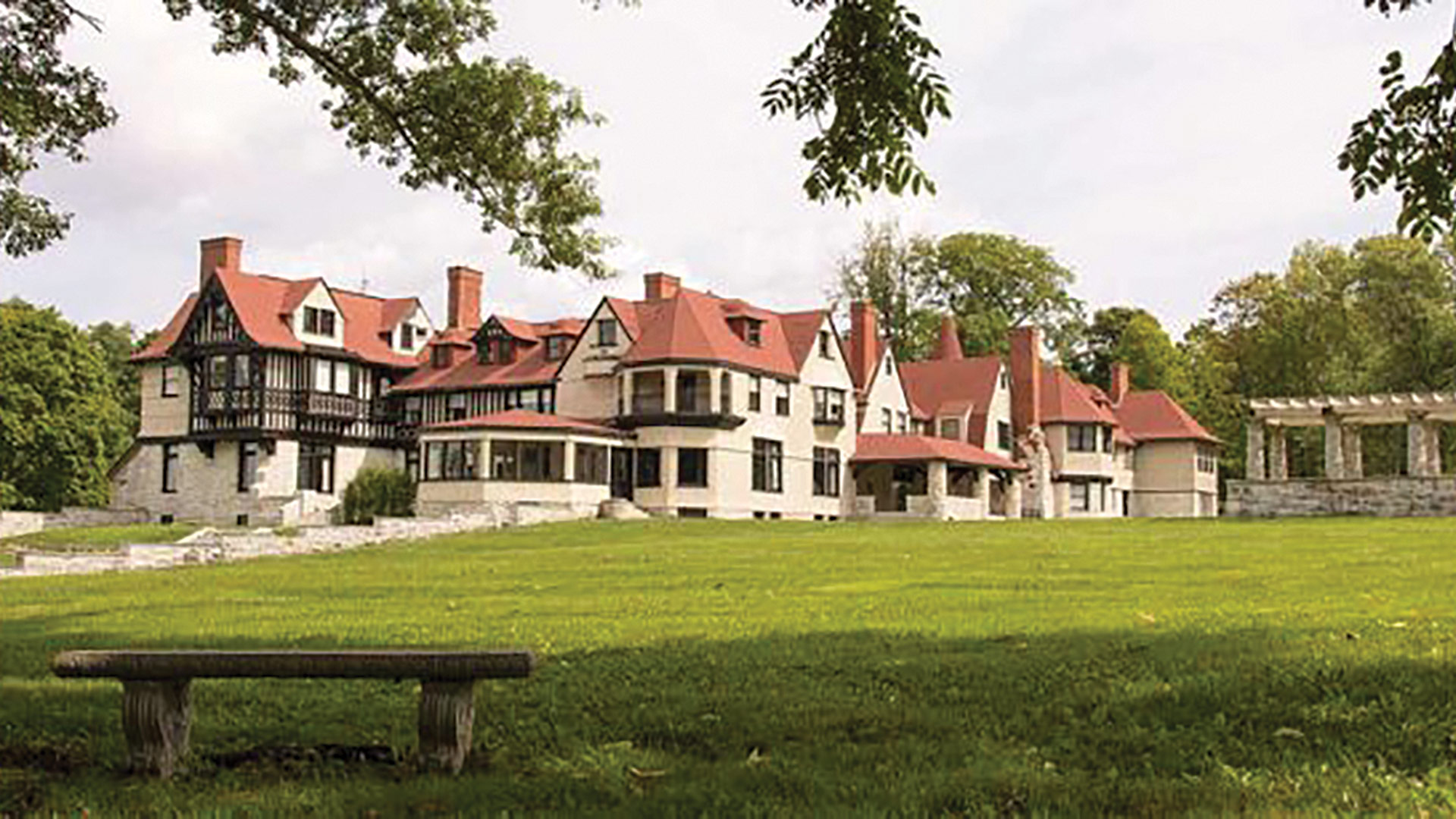
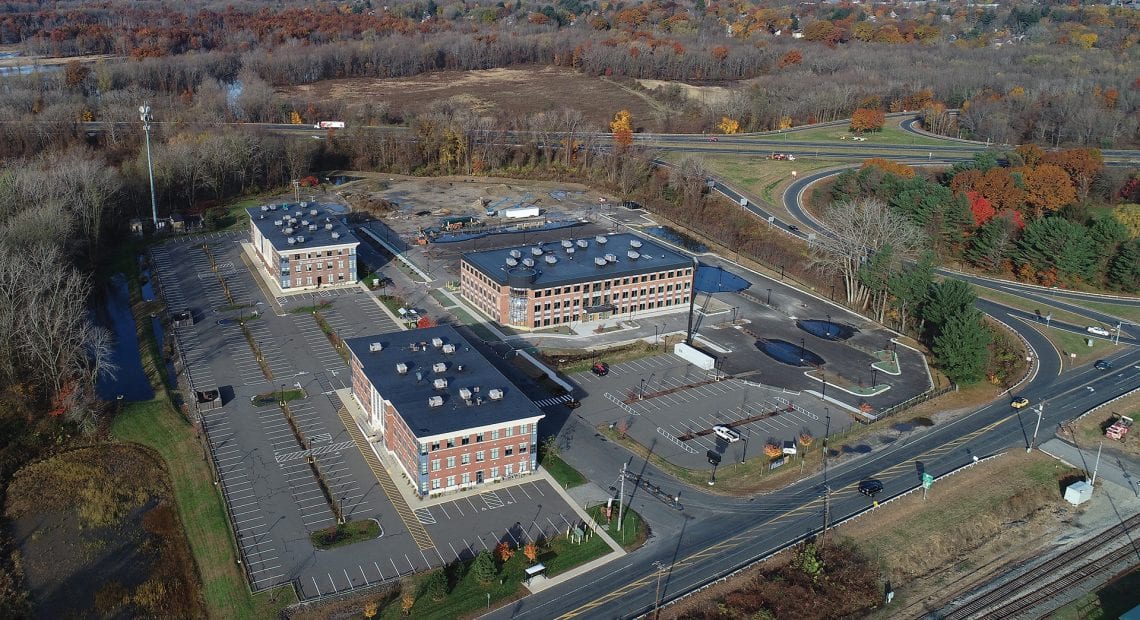
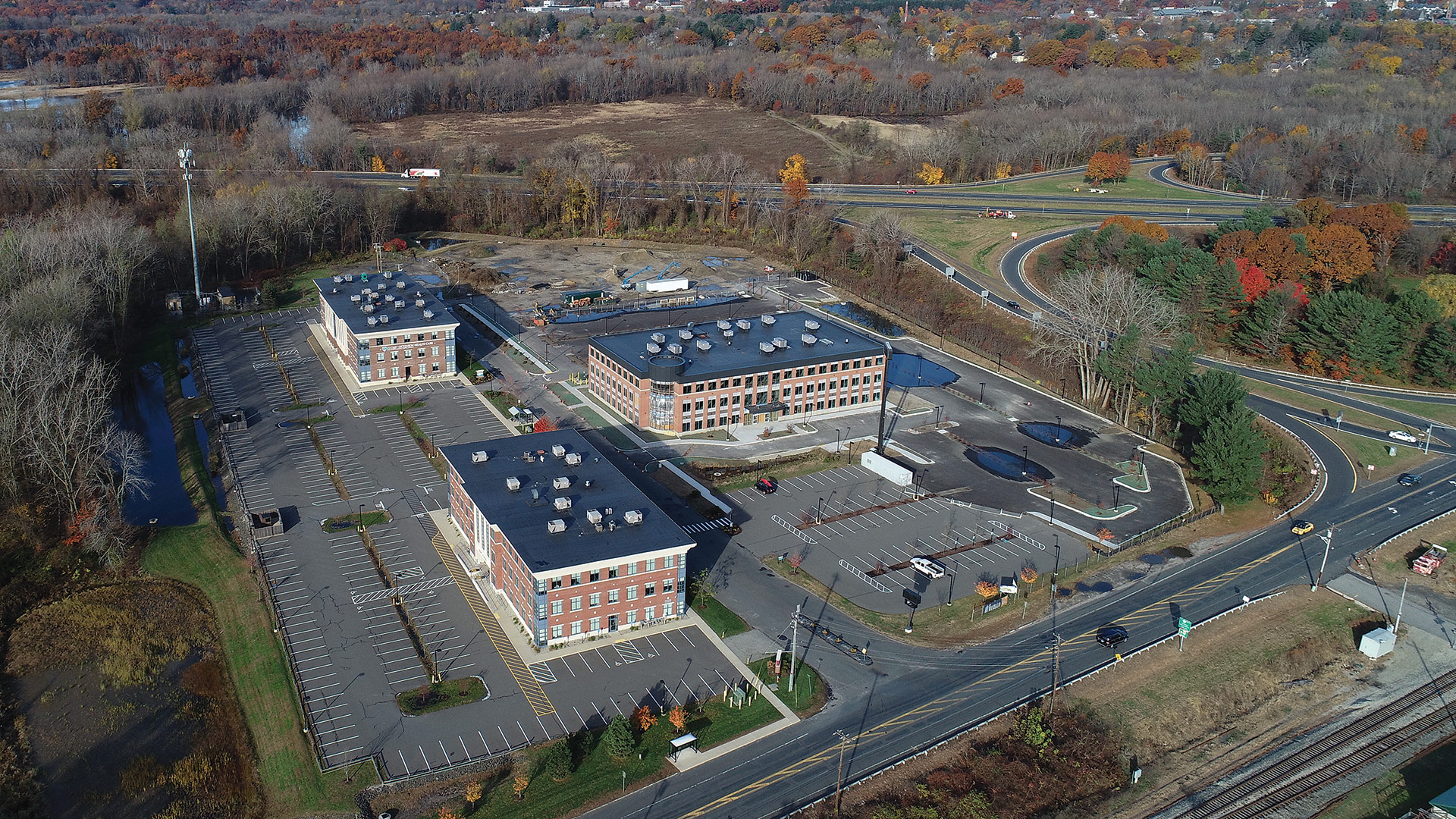


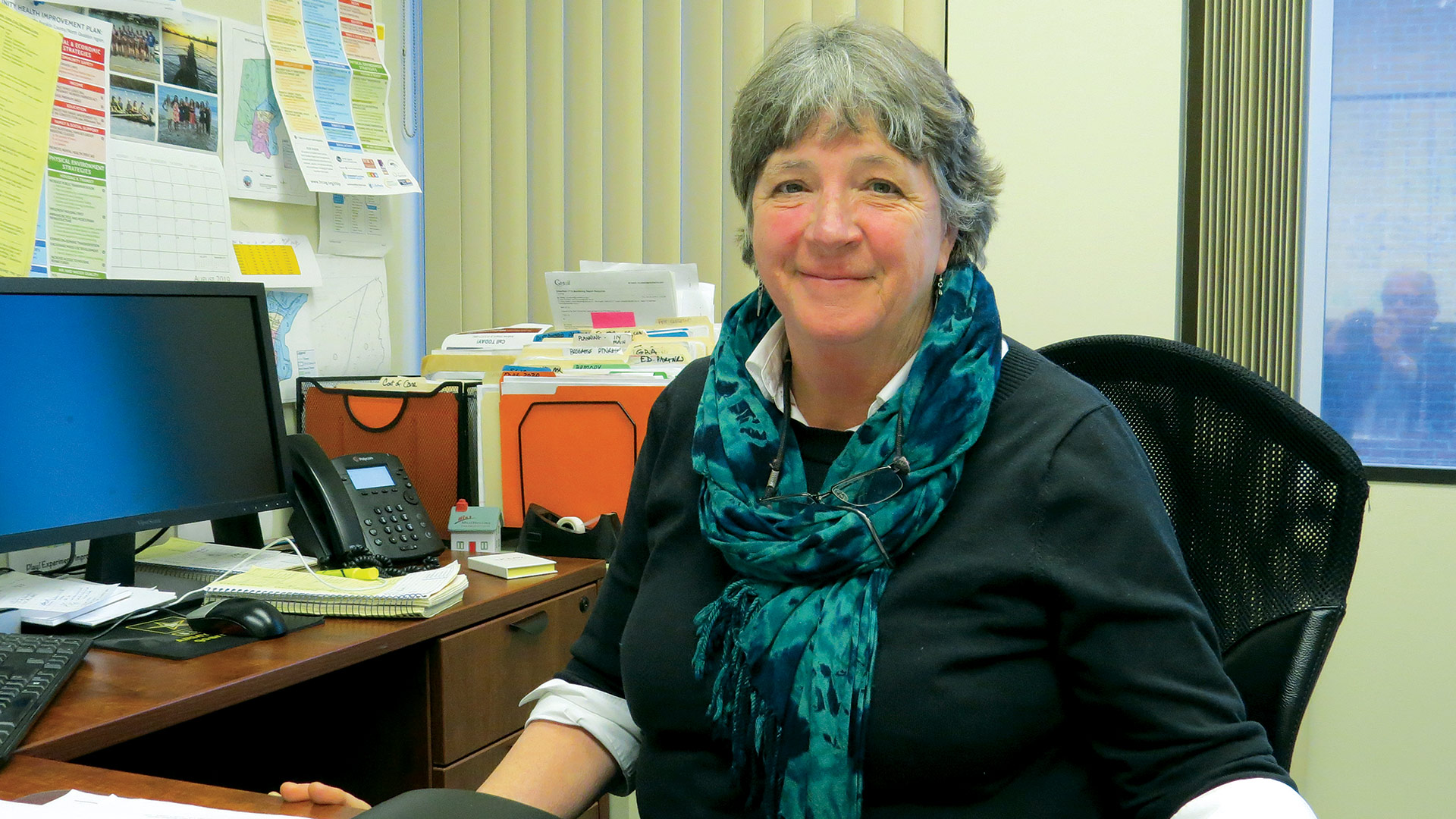
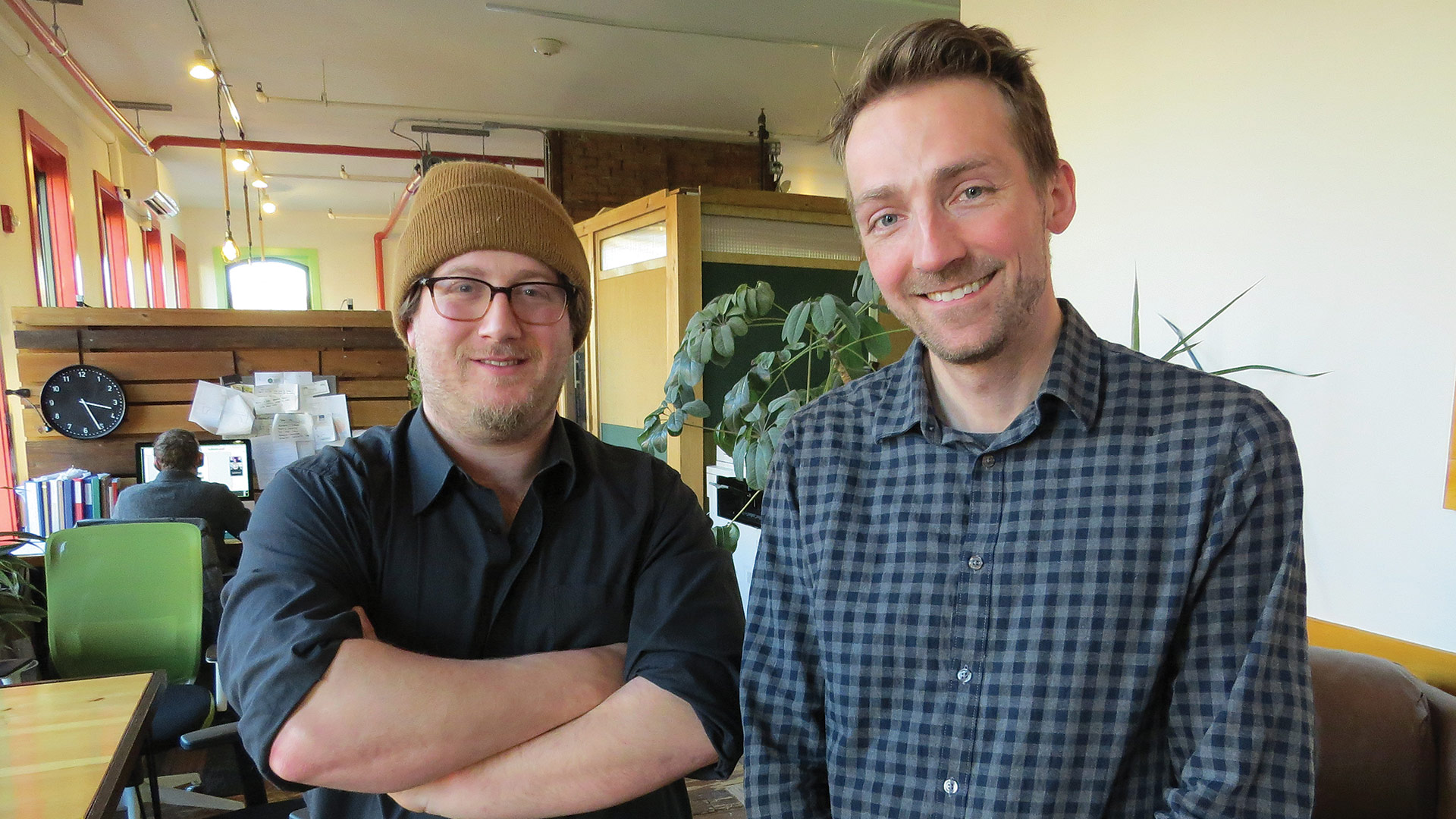



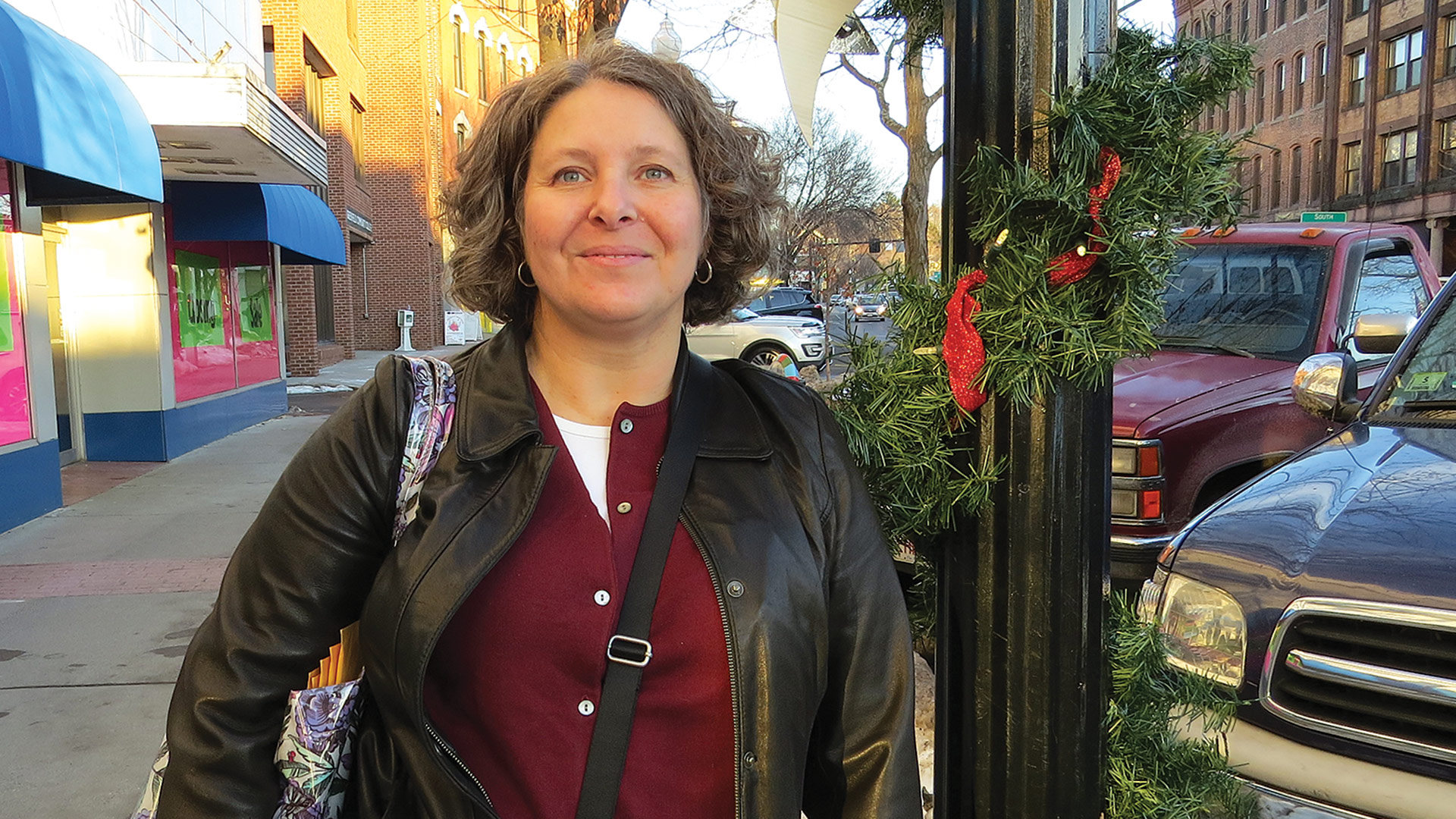
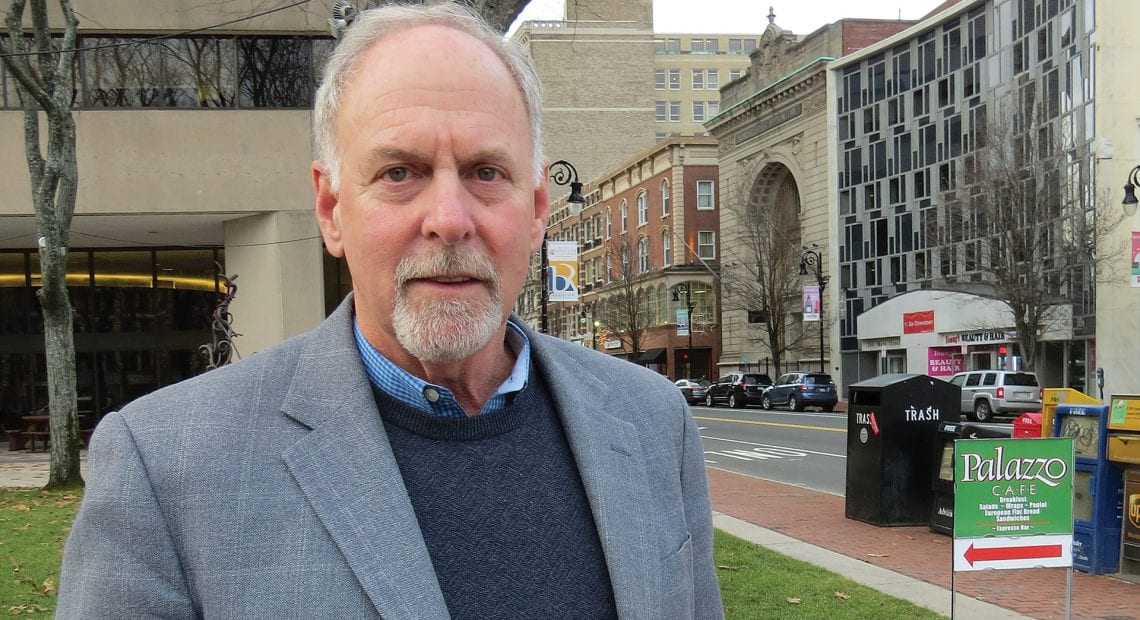
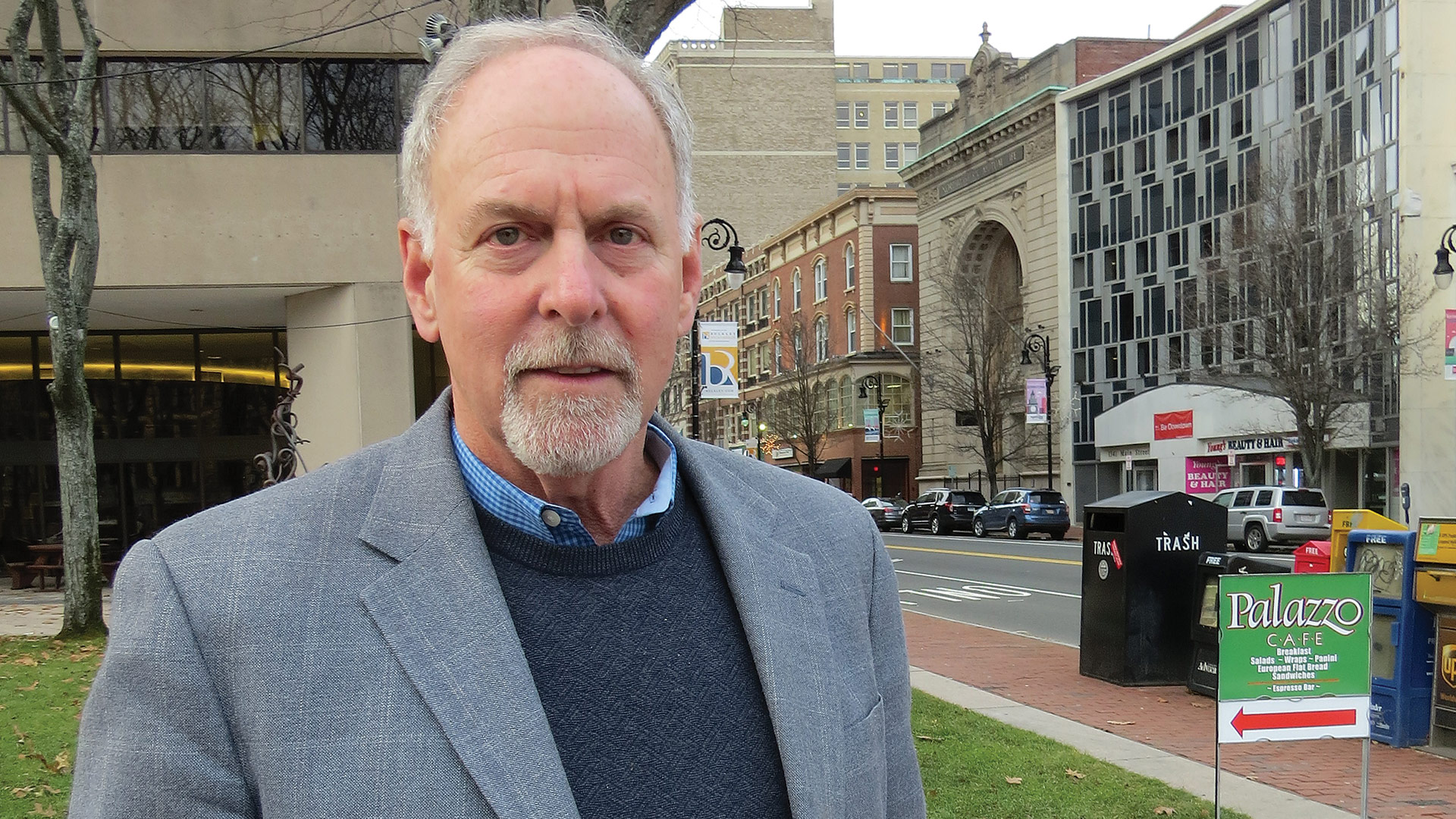




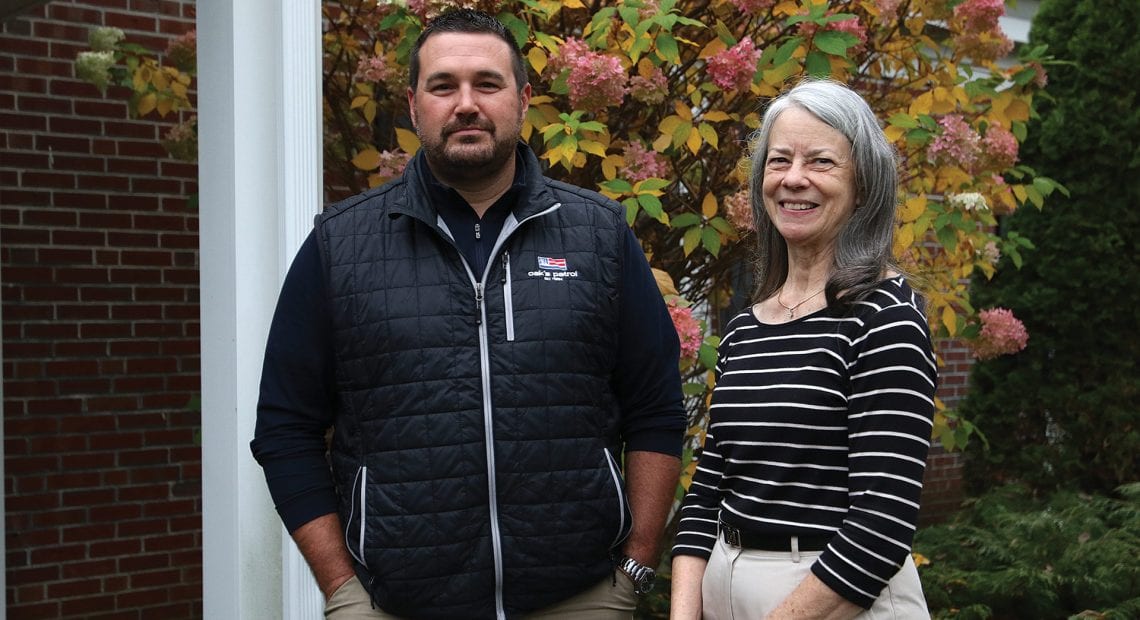
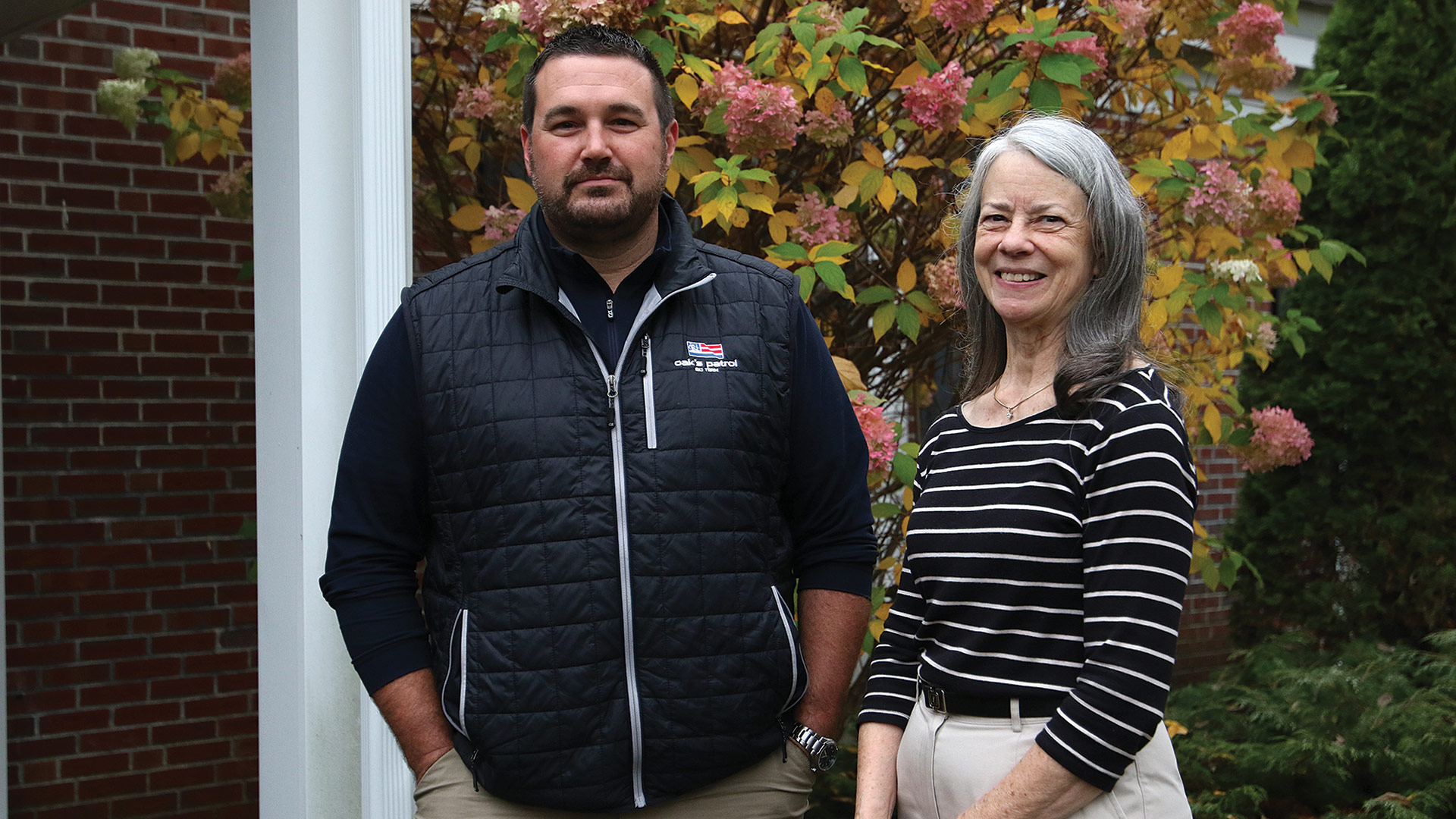
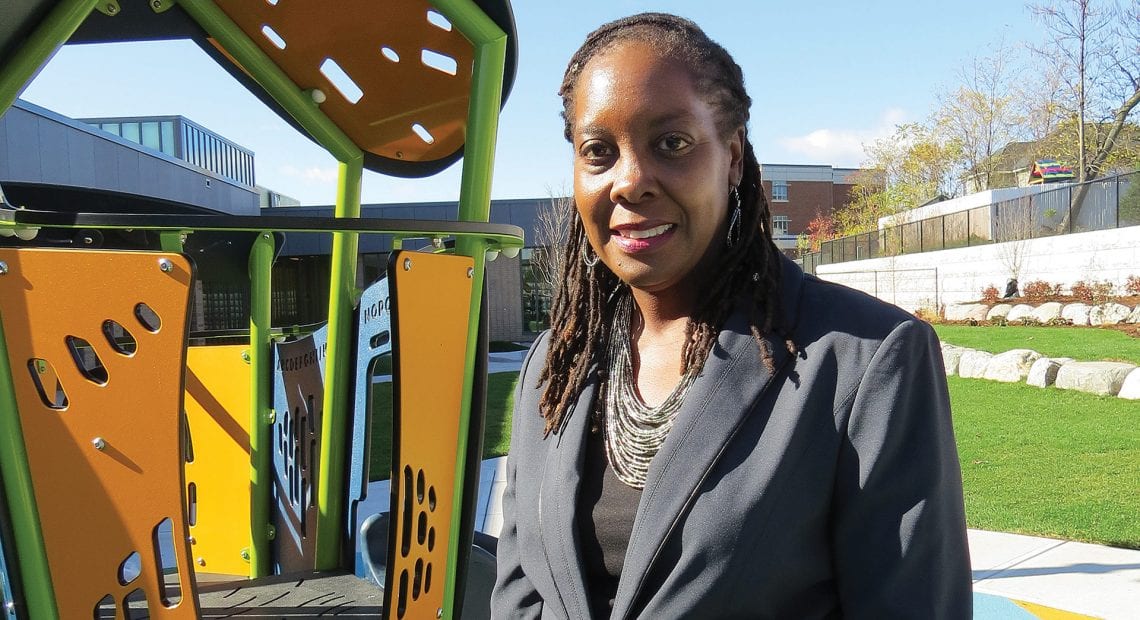


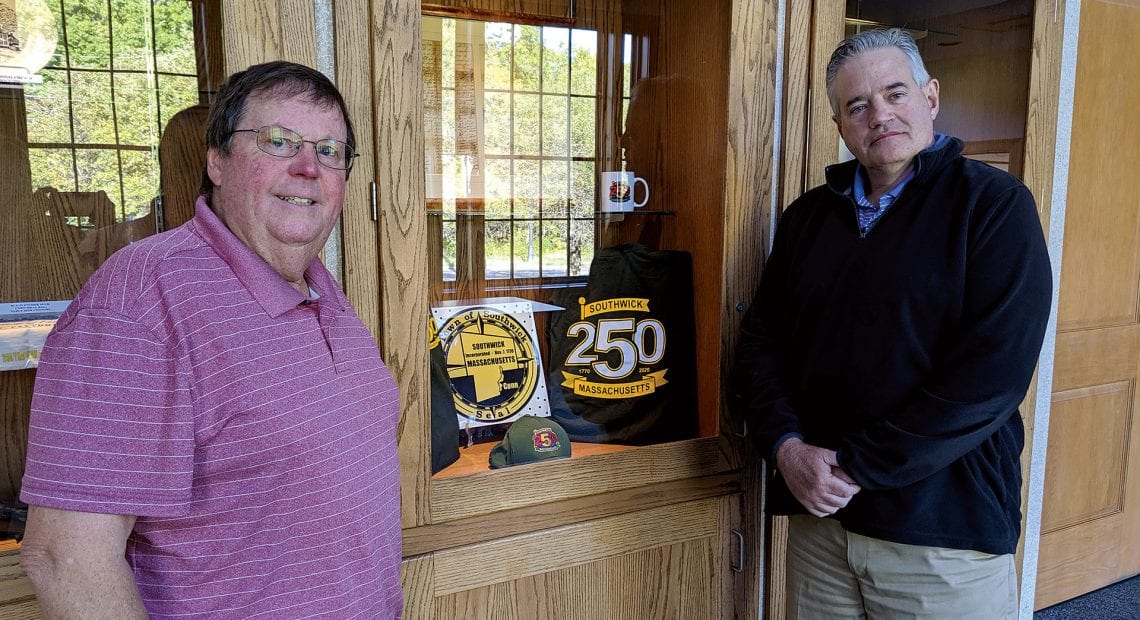


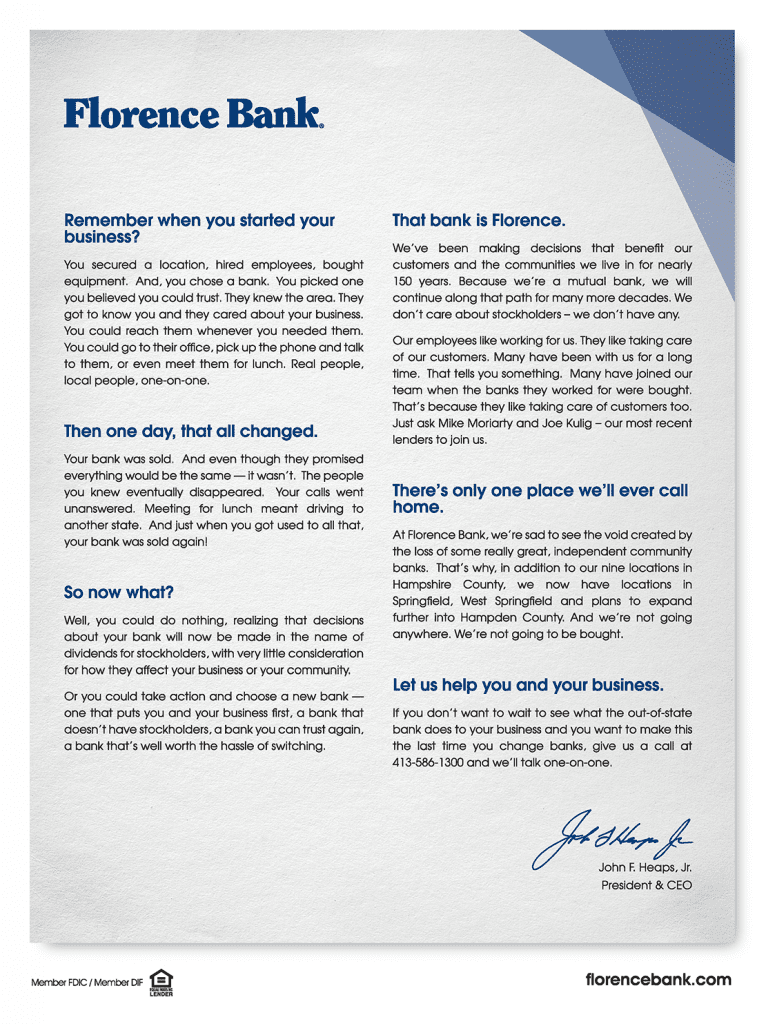










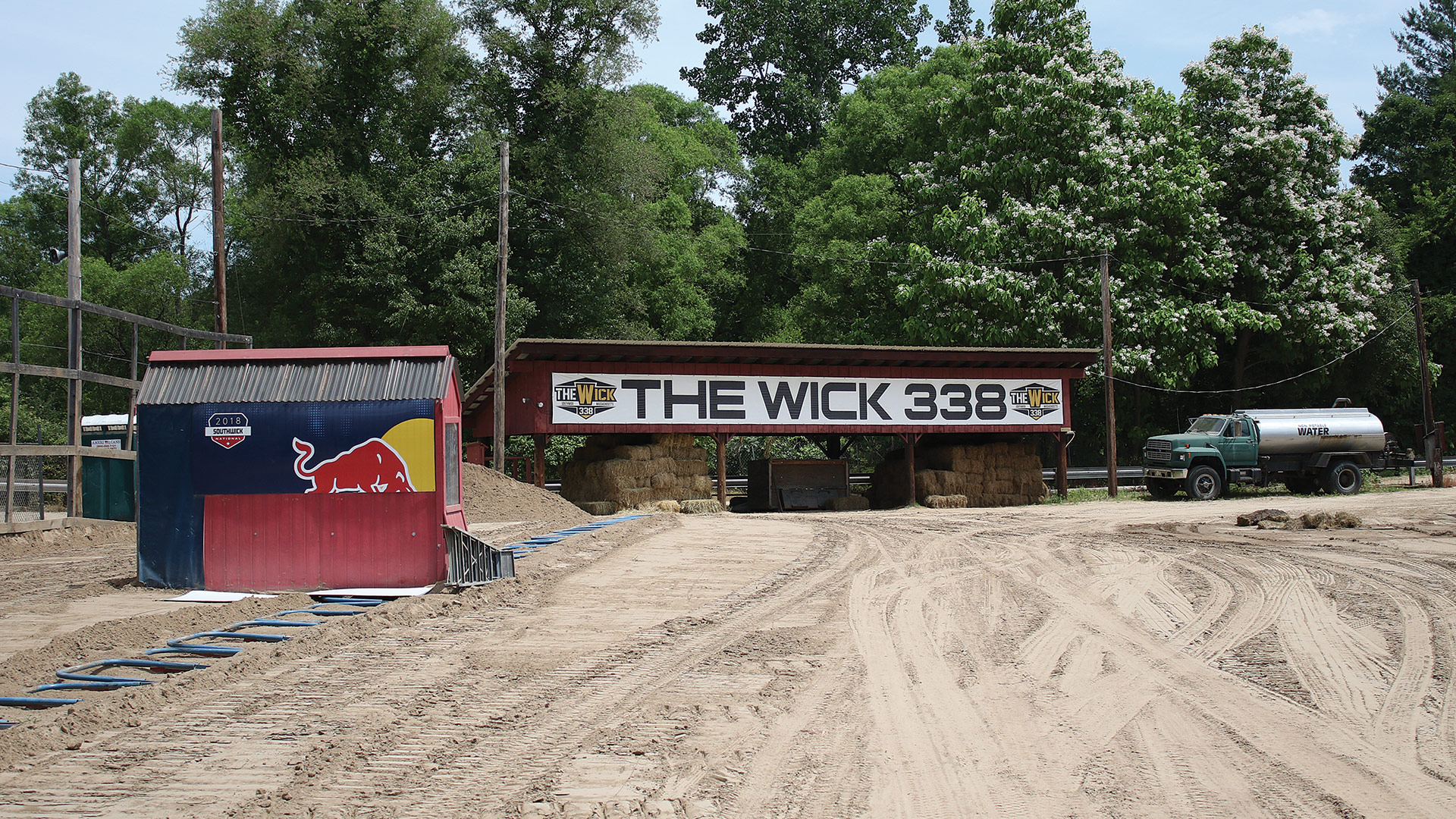




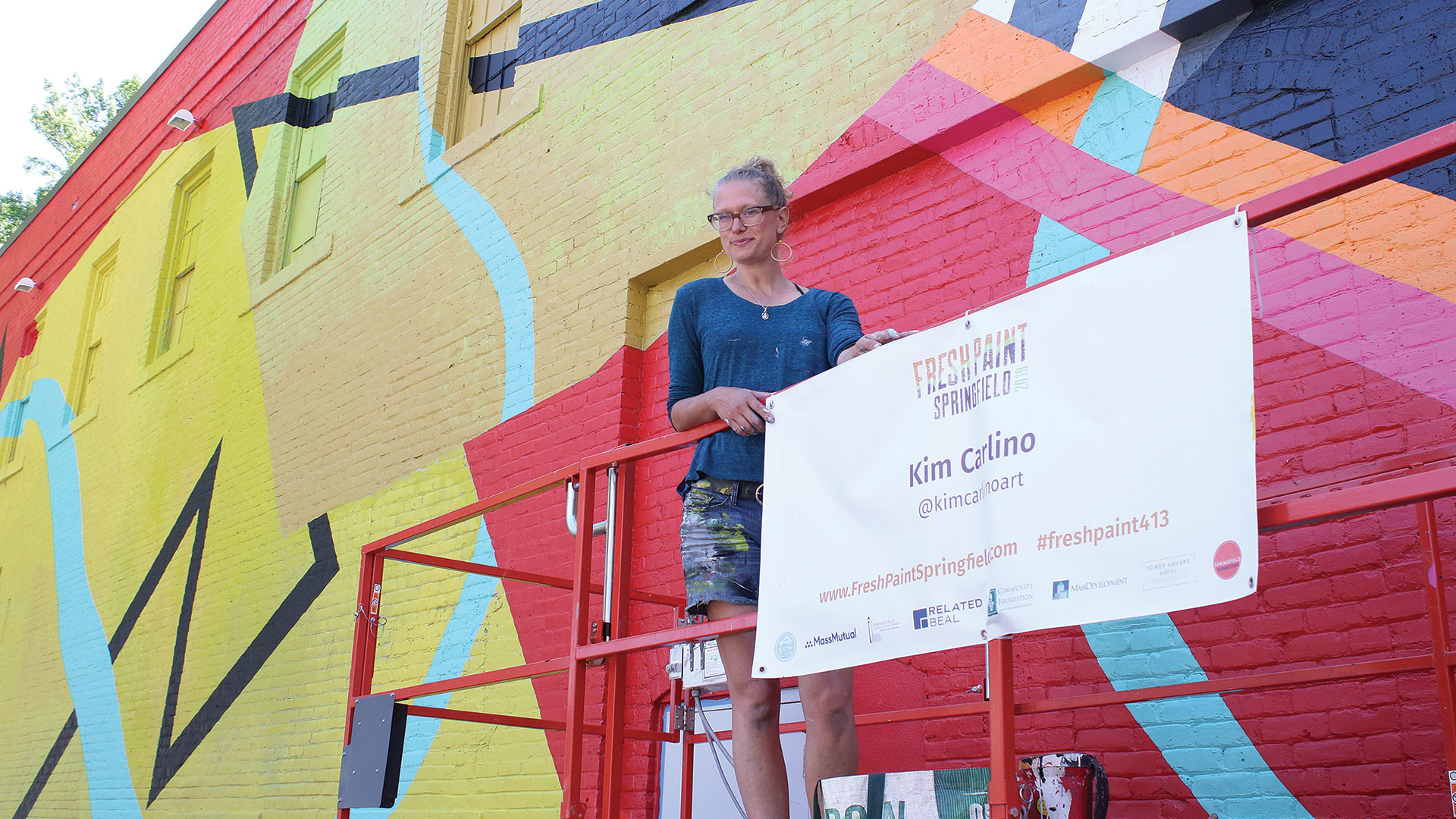








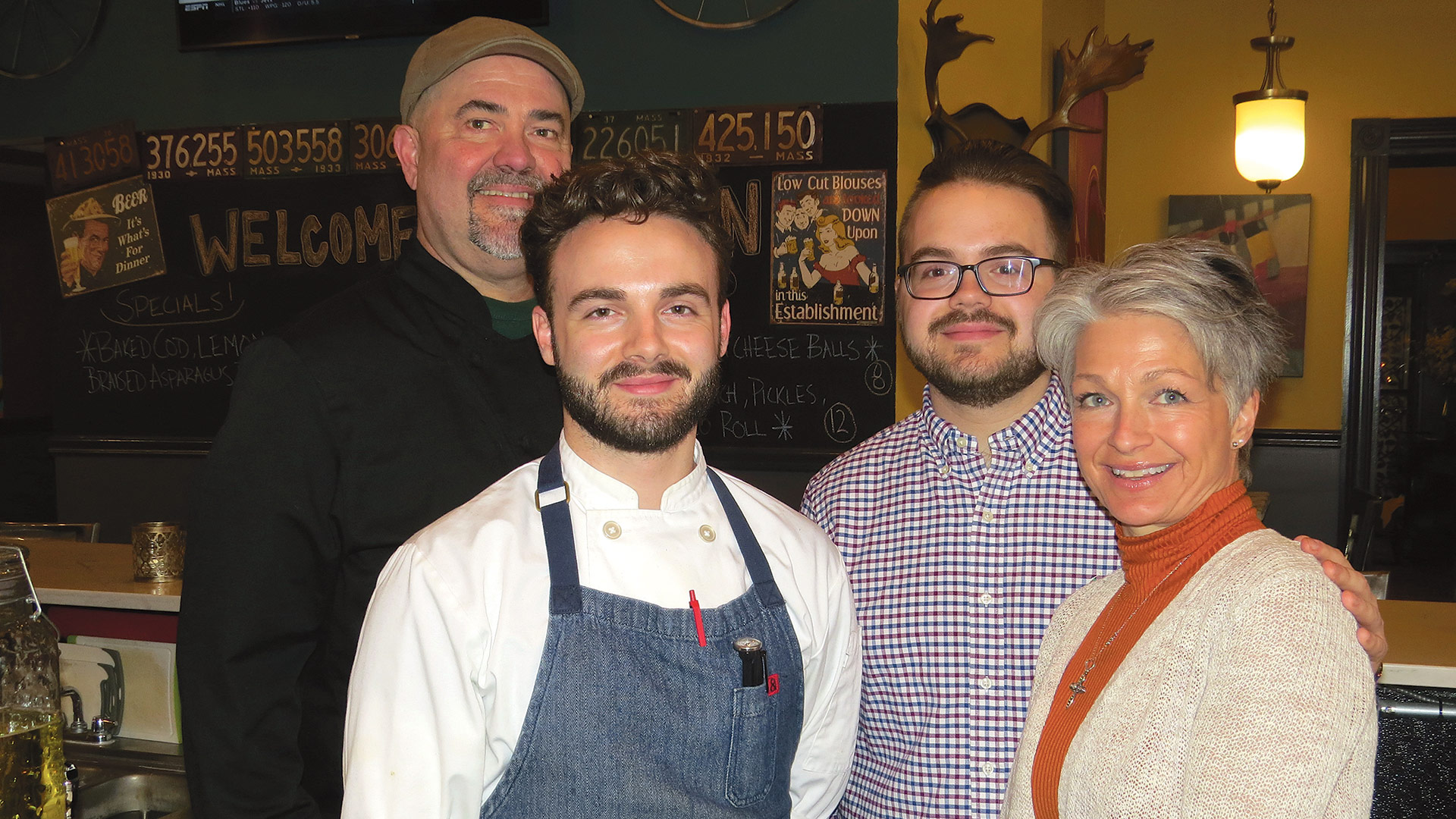

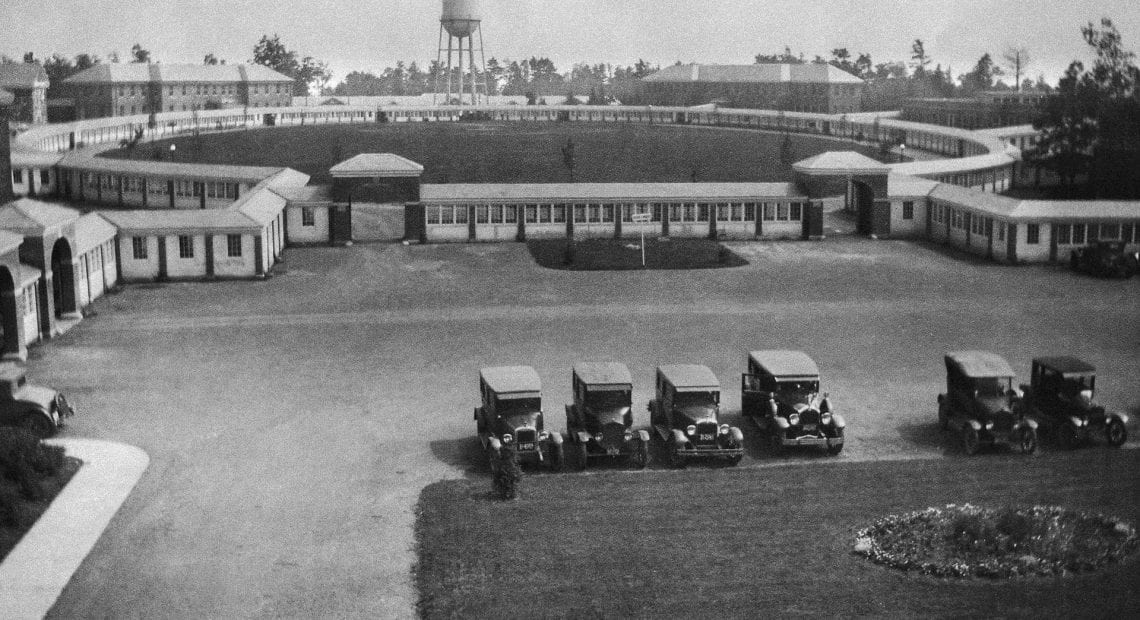


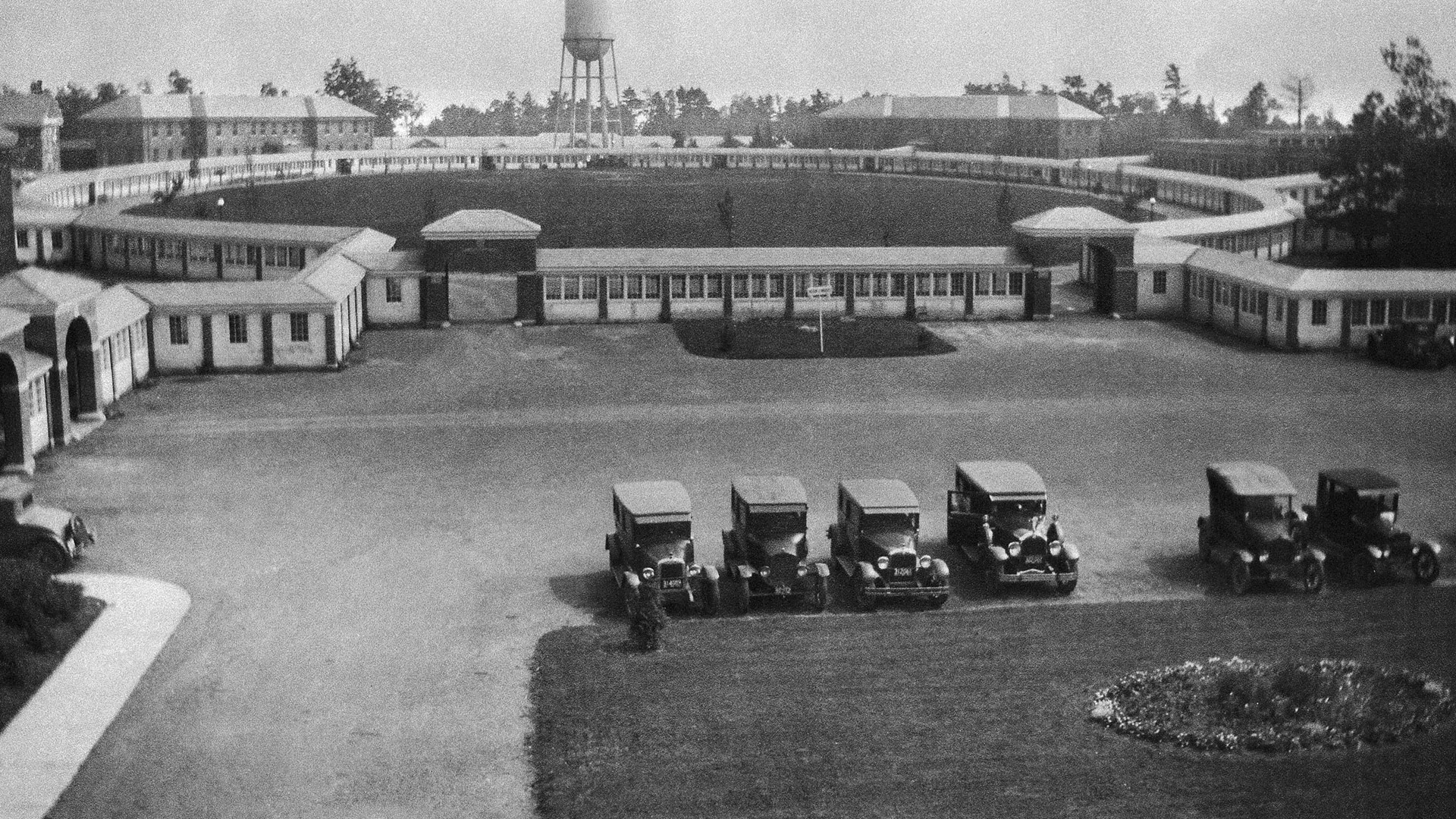
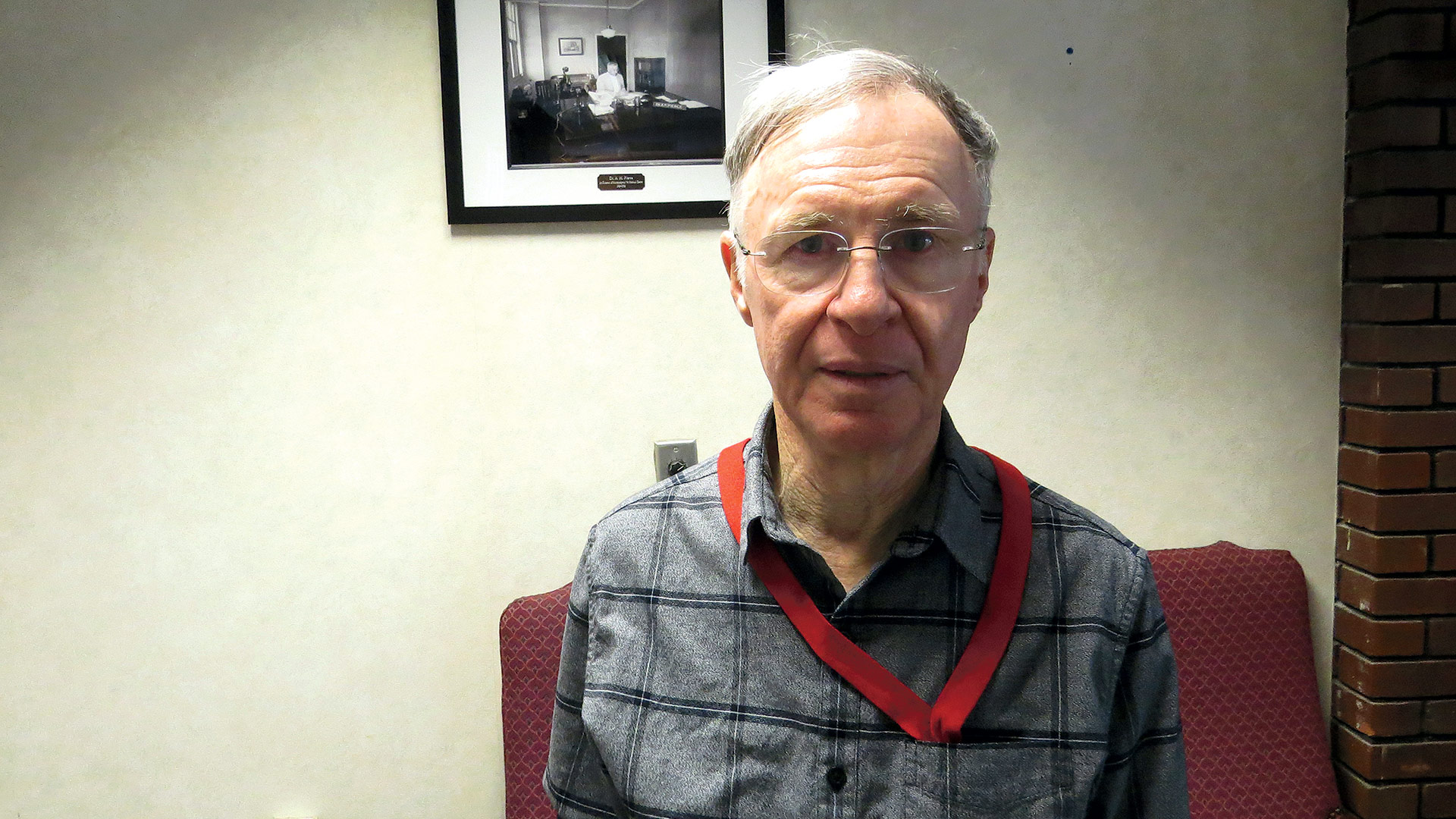
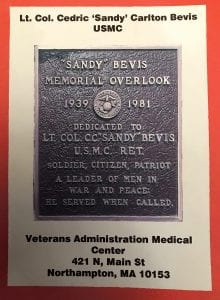
 They called the event ‘The New Wave’ — and that’s an appropriate name for the annual update on Springfield’s business and civic projects.
They called the event ‘The New Wave’ — and that’s an appropriate name for the annual update on Springfield’s business and civic projects.